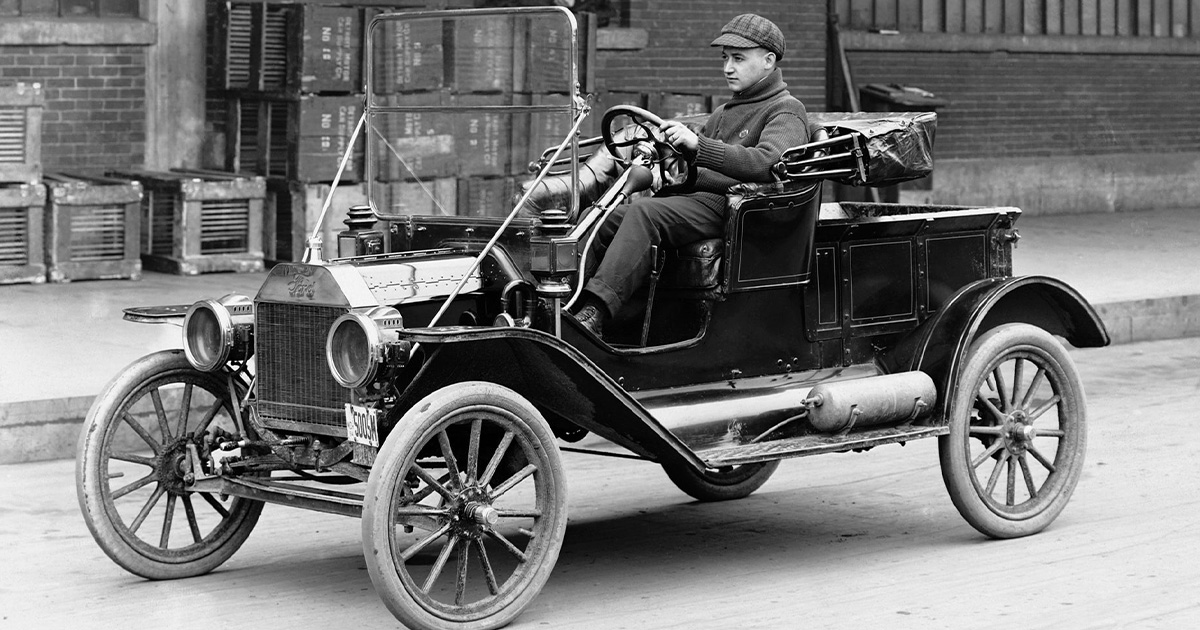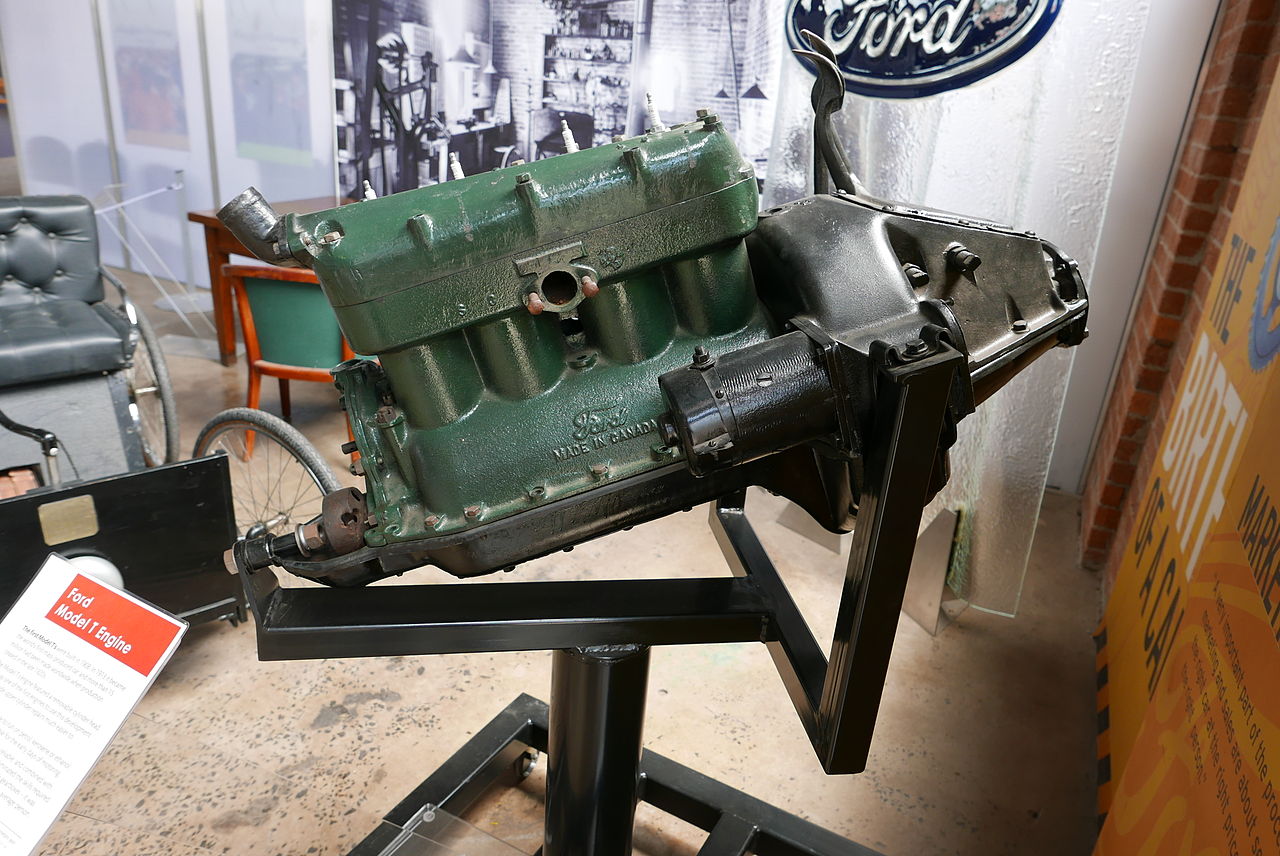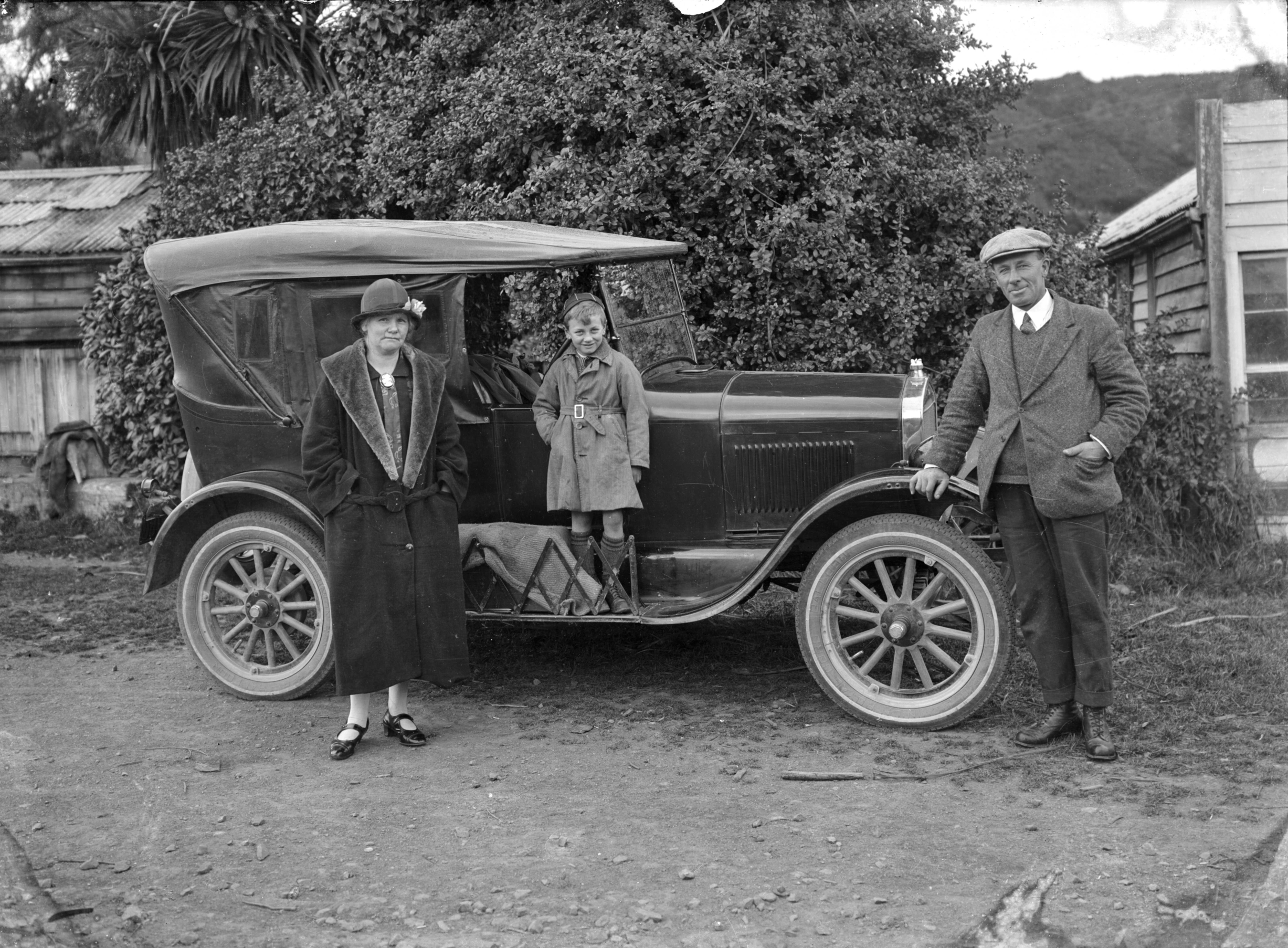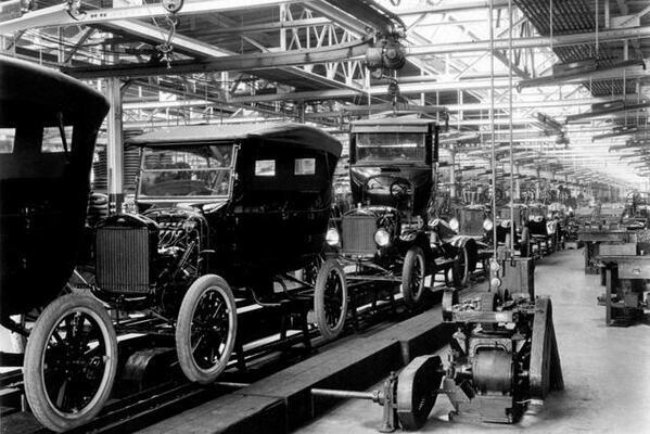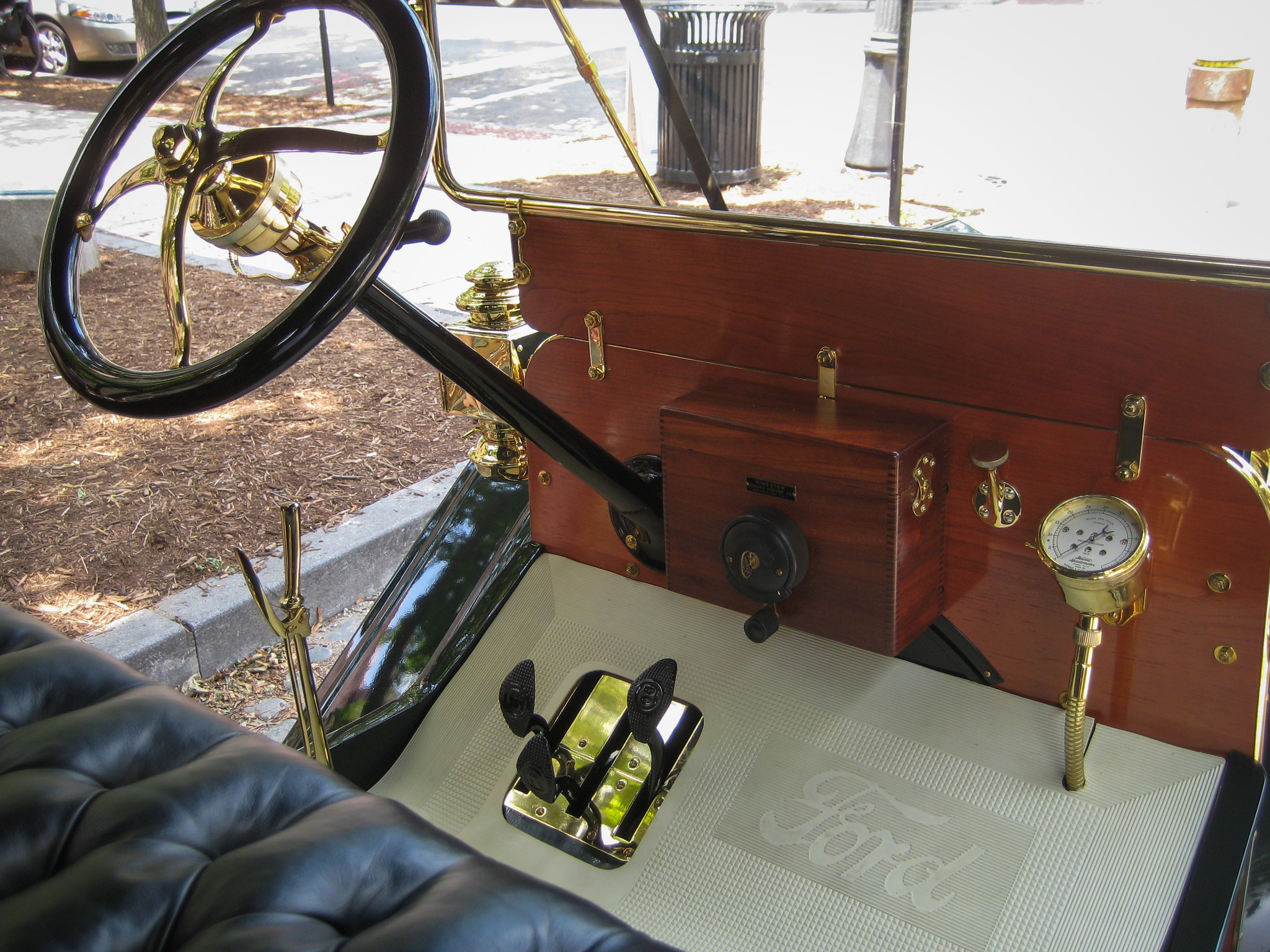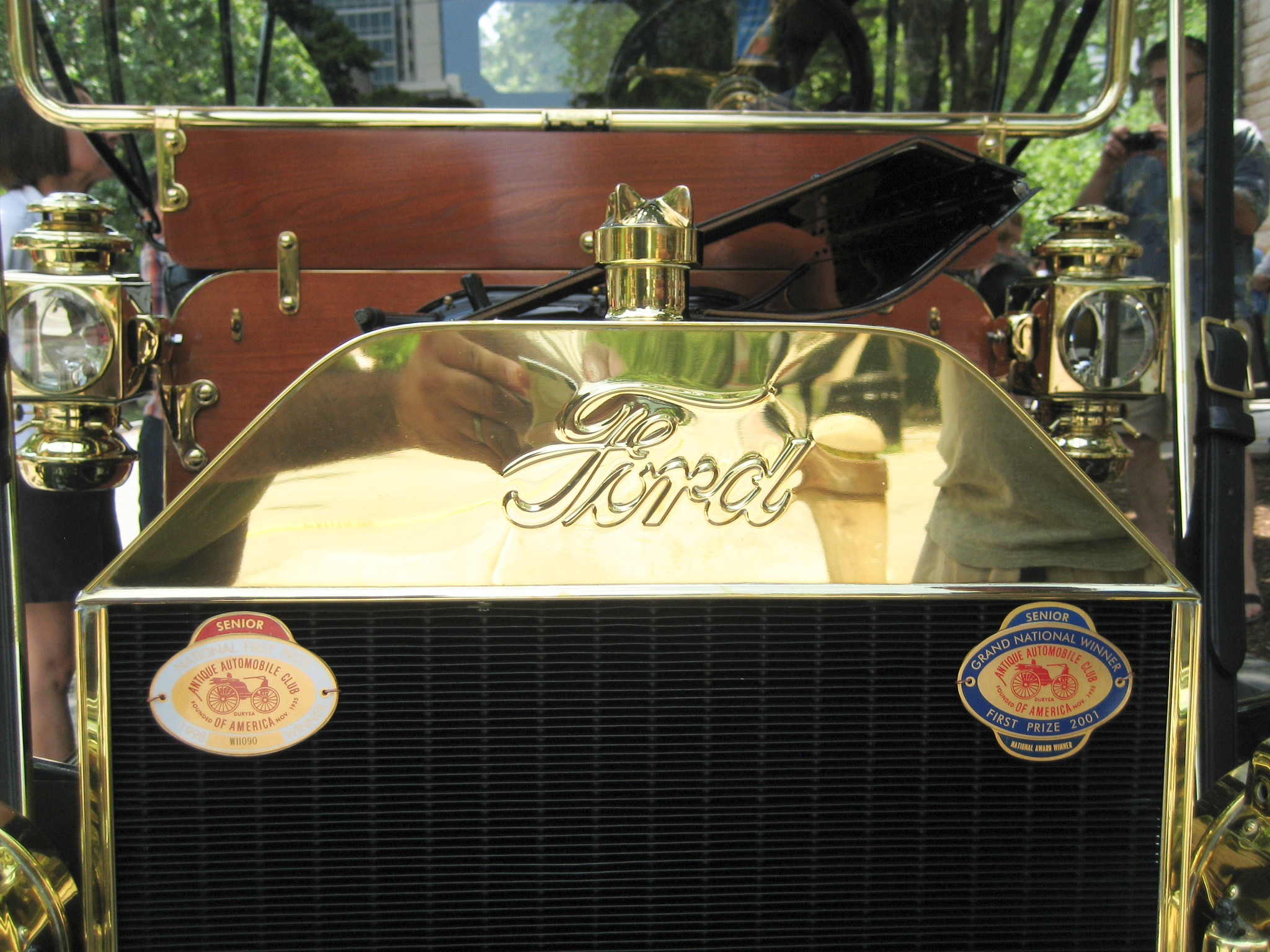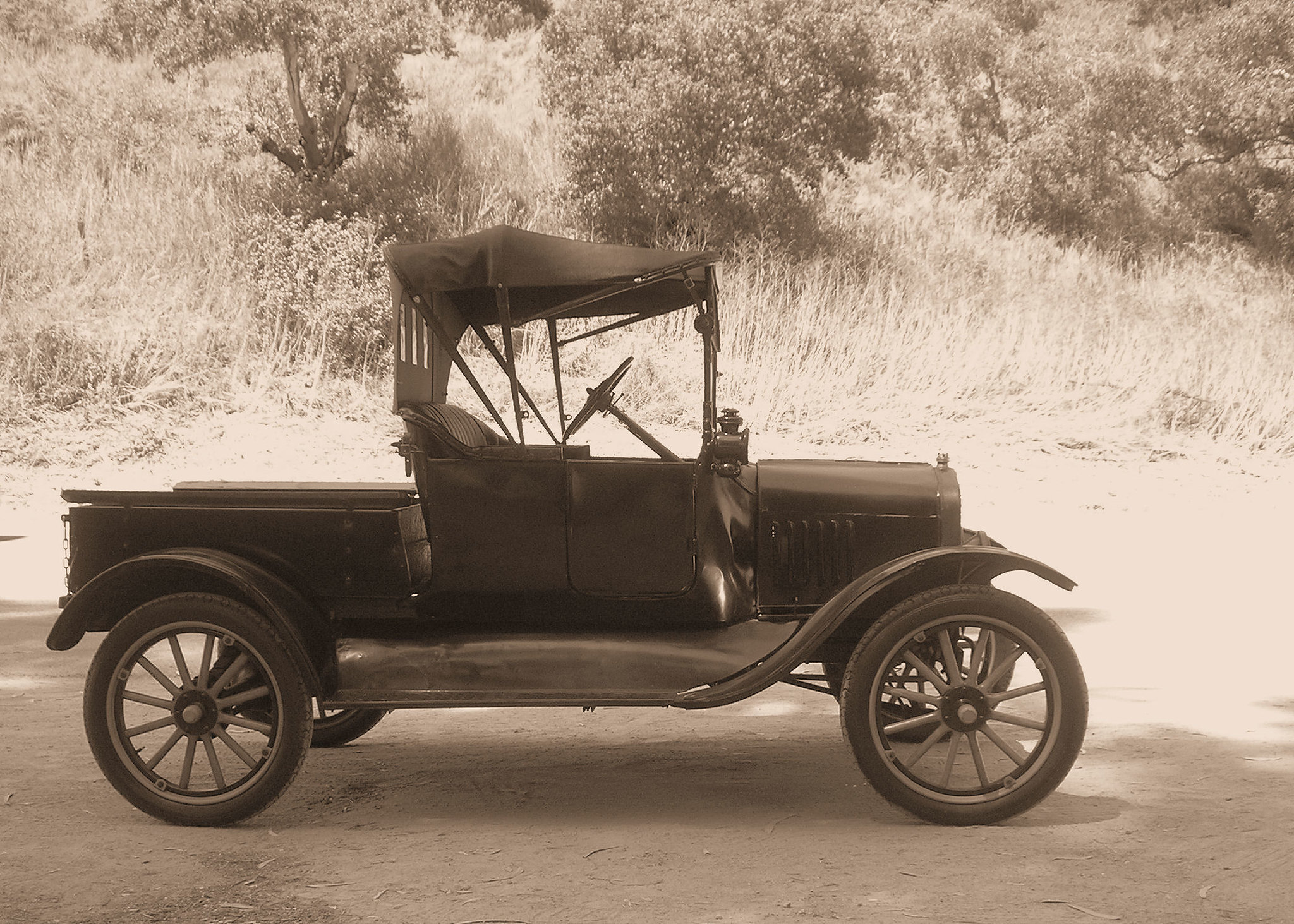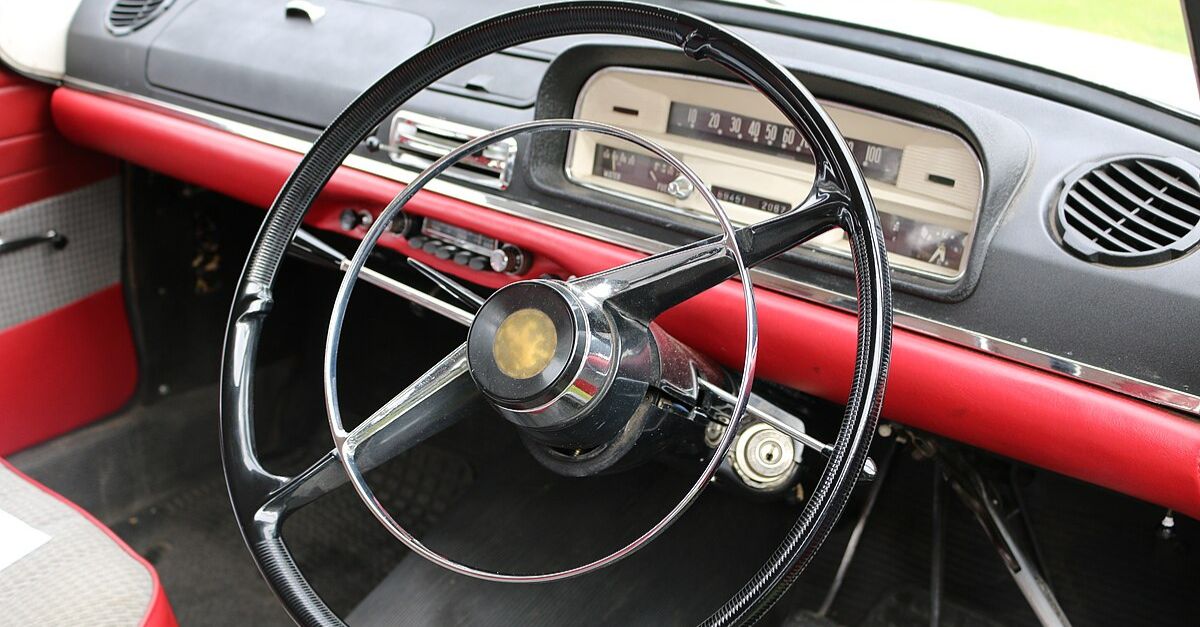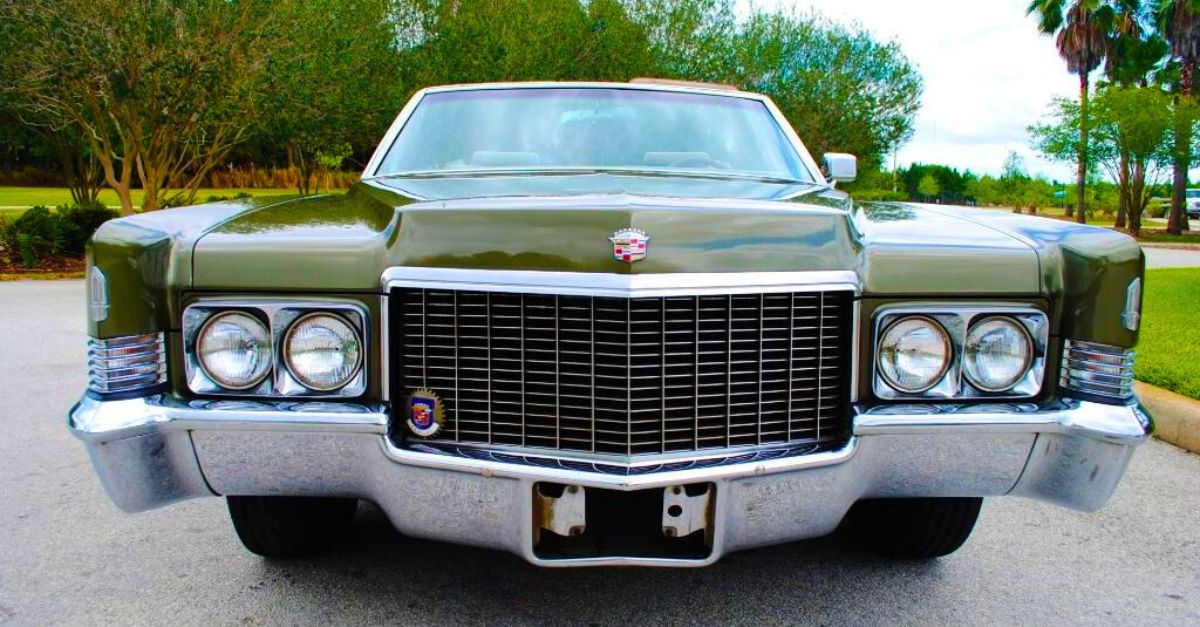A Game Changer In Automotive History
The Model T, produced by Ford Motor Company from 1908 to 1927, revolutionized the automotive industry by making cars affordable for the average American. Known for its mass appeal and simplicity, the Model T was pivotal in transforming transportation and society during the early 20th century.
Ford In A Historical Context
When Ford Motor Company launched the Model T in 1908, American society was rapidly industrializing, with many people moving from rural areas to cities for work. The growing middle class sought affordable goods and greater mobility, leading to increased demand for automobiles and transforming daily life and social interactions.
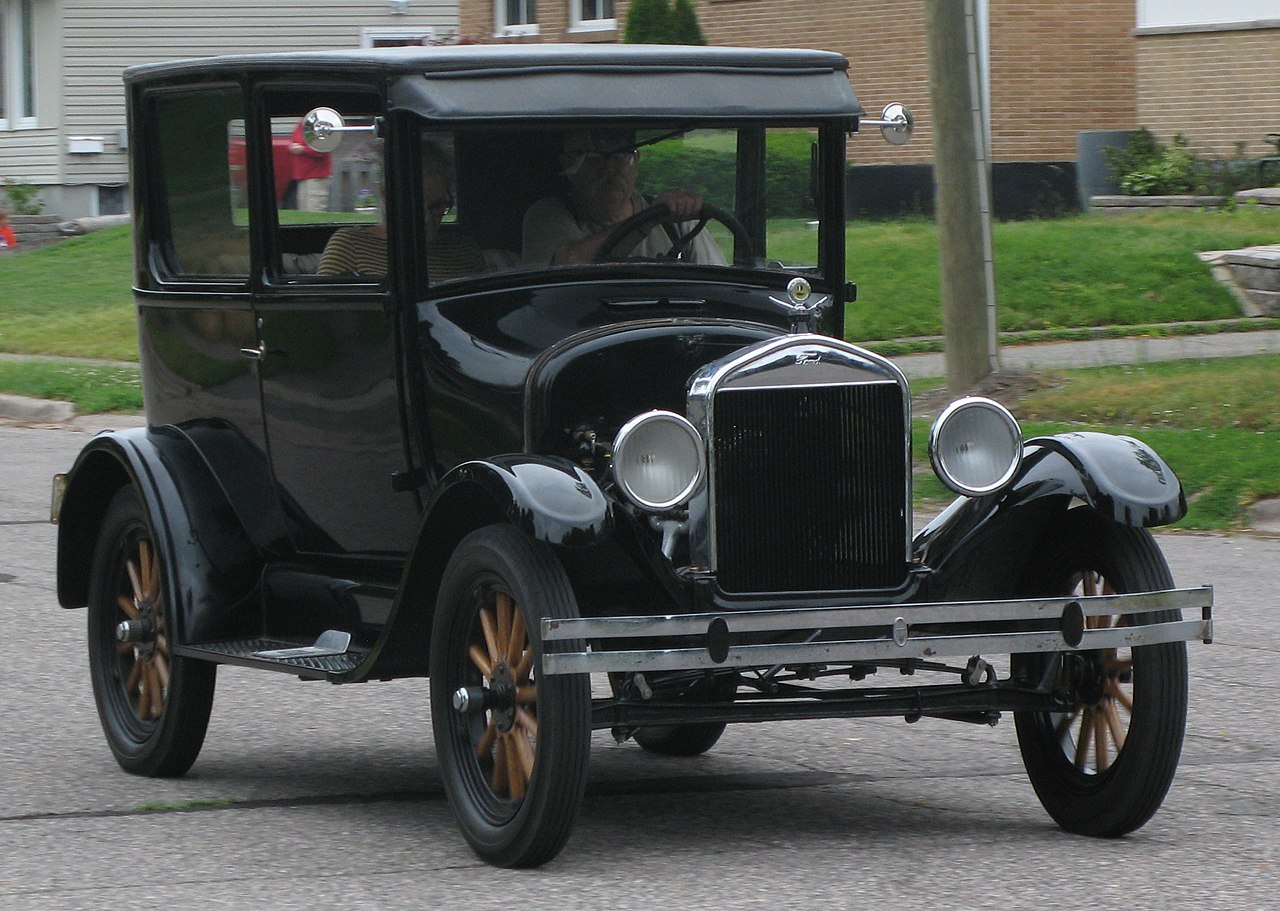 SsmIntrigue, CC BY-SA 4.0, Wikimedia Commons
SsmIntrigue, CC BY-SA 4.0, Wikimedia Commons
The Rise Of The Automobile Industry
The rise of the automobile industry in the early 1900s marked a transformative era in American society, driven by innovations in manufacturing and design. With affordable models like the Ford Model T, car ownership became accessible to the masses, reshaping transportation and contributing to economic growth.
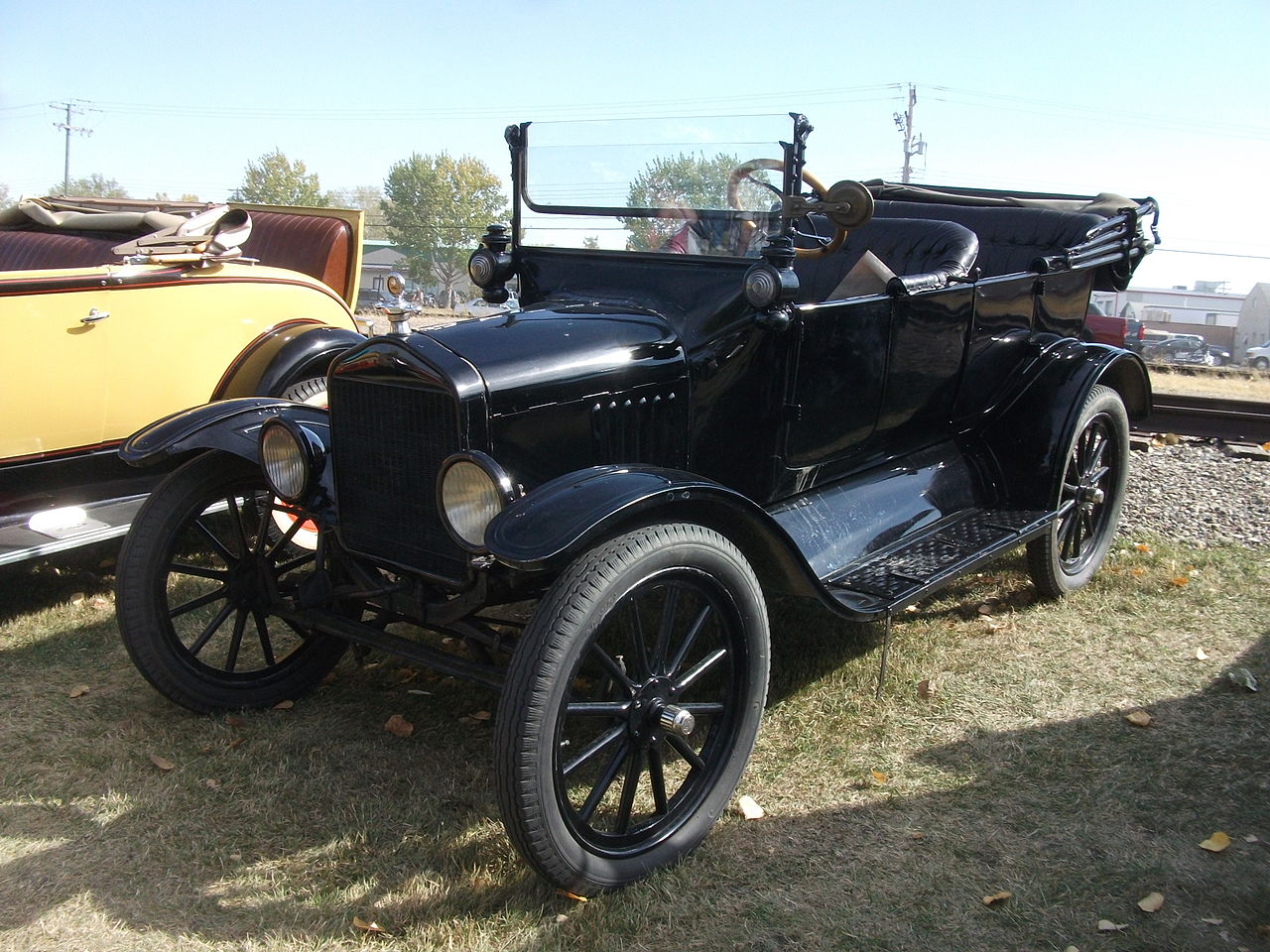 dave_7, CC BY 2.0, Wikimedia Commons
dave_7, CC BY 2.0, Wikimedia Commons
The Social And Economic Context Before The Model T
Before the Model T, America was predominantly rural, with limited access to transportation, making travel difficult for many families. A growing industrial sector characterized economic conditions, but most people relied on horses and trains, highlighting the need for a more efficient mode of personal transportation.
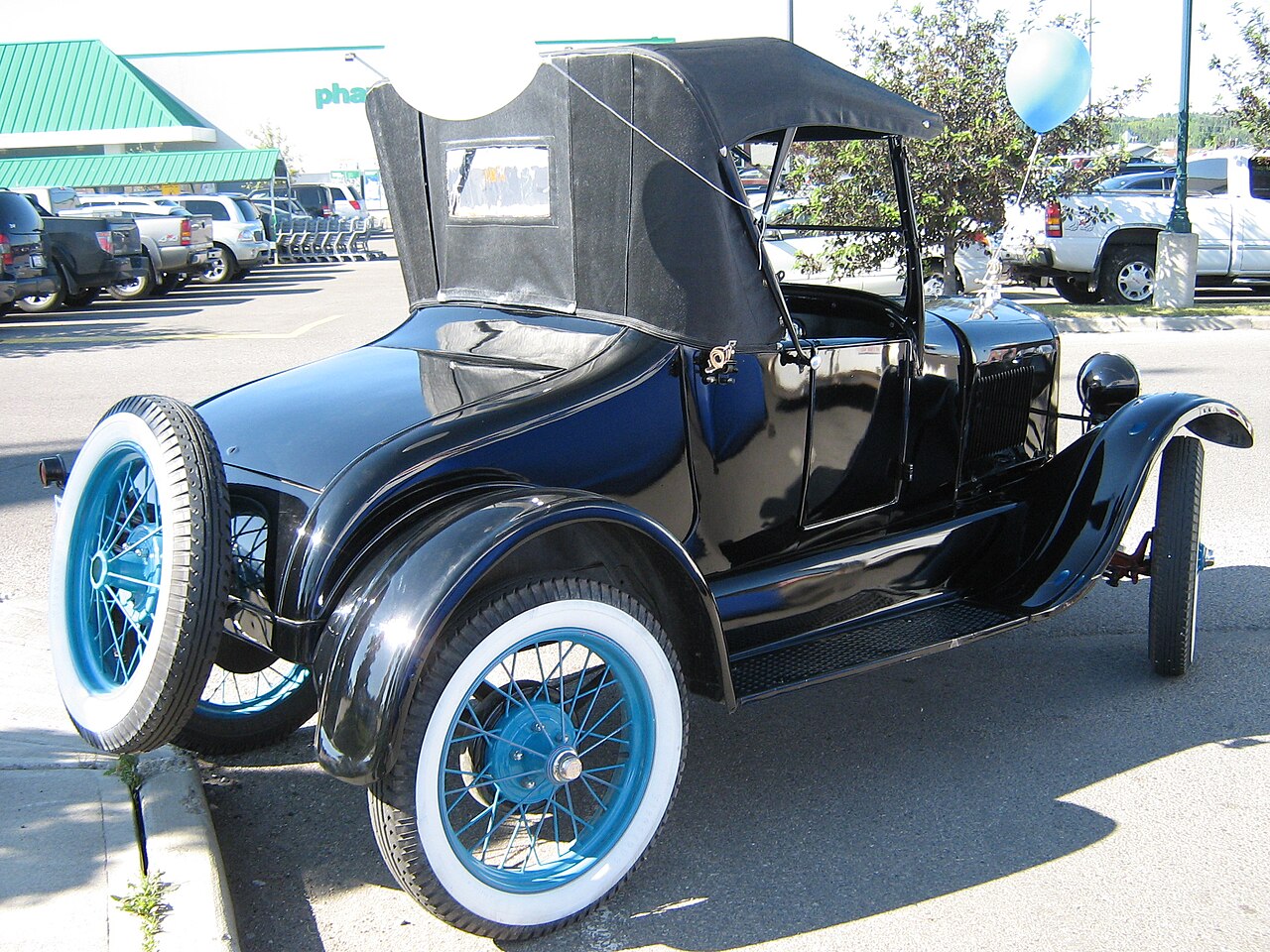 dave_7, CC BY-SA 2.0, Wikimedia Commons
dave_7, CC BY-SA 2.0, Wikimedia Commons
Henry Ford's Vision For The Model T
Henry Ford was an American industrialist and the founder of the Ford Motor Company. His vision was to make automobiles affordable for the masses, believing that personal mobility could enhance the quality of life for everyday people. Ford also championed fair wages and better working conditions, aiming to create a prosperous workforce that could afford the products they manufactured.
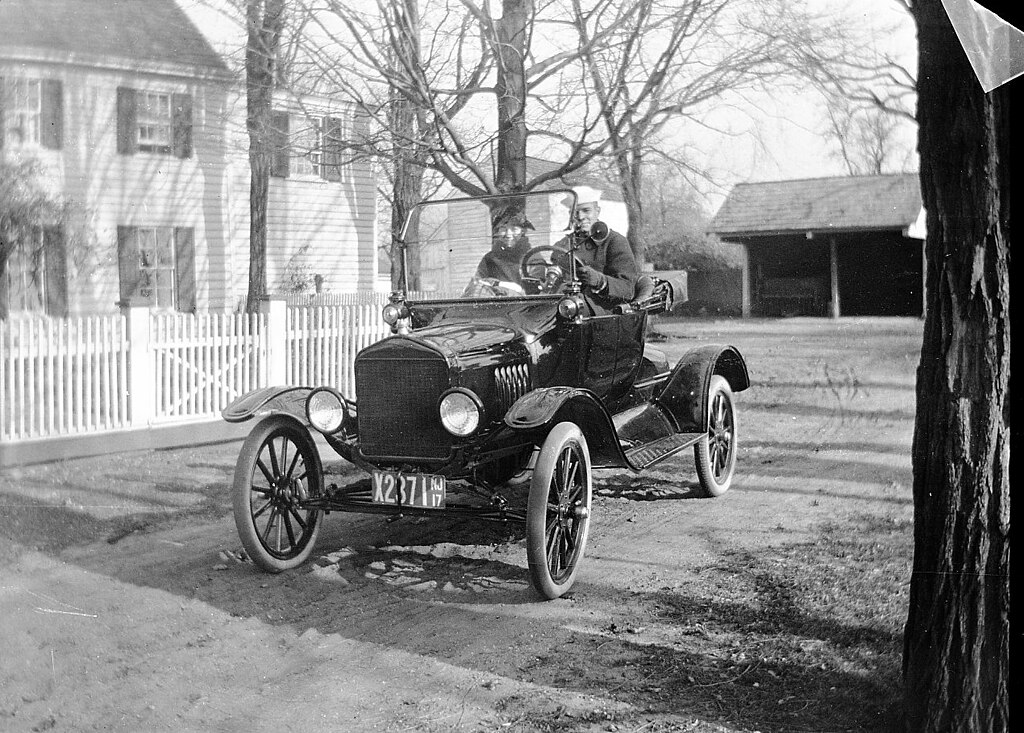 Richard, CC BY 2.0, Wikimedia Commons
Richard, CC BY 2.0, Wikimedia Commons
The Model T Engine
Ford served as the chief engineer at Edison Illuminating Company in Detroit. At night, he worked on developing a gasoline engine, successfully testing it on Christmas Eve in 1893 with the help of his wife, Clara. Three years later, he created the Quadricycle, and despite two unsuccessful business attempts, he founded the Ford Motor Company on June 16, 1903.
The Development Of The Model T
The official development of the Model T began in 1907, when Henry Ford aimed to create a simple, durable, and affordable car for the masses. By 1908, Ford had introduced the Model T, which featured a lightweight design and a powerful engine.
Revolutionizing Production: The Assembly Line Breakthrough
Ford's innovative use of assembly line production streamlined manufacturing and significantly reduced the cost of mass production. This approach allowed for the mass production of the vehicle, making it affordable and accessible to a broader audience, ultimately changing the transportation landscape.
Transforming Manufacturing: The Impact Of Mass Production
Mass production, exemplified by the assembly line used for the Model T, drastically transformed manufacturing practices by streamlining workflows and minimizing production times. This approach led to increased efficiency, reduced labor costs, and the ability to produce large quantities of standardized products, ultimately setting new standards for industries beyond automotive.
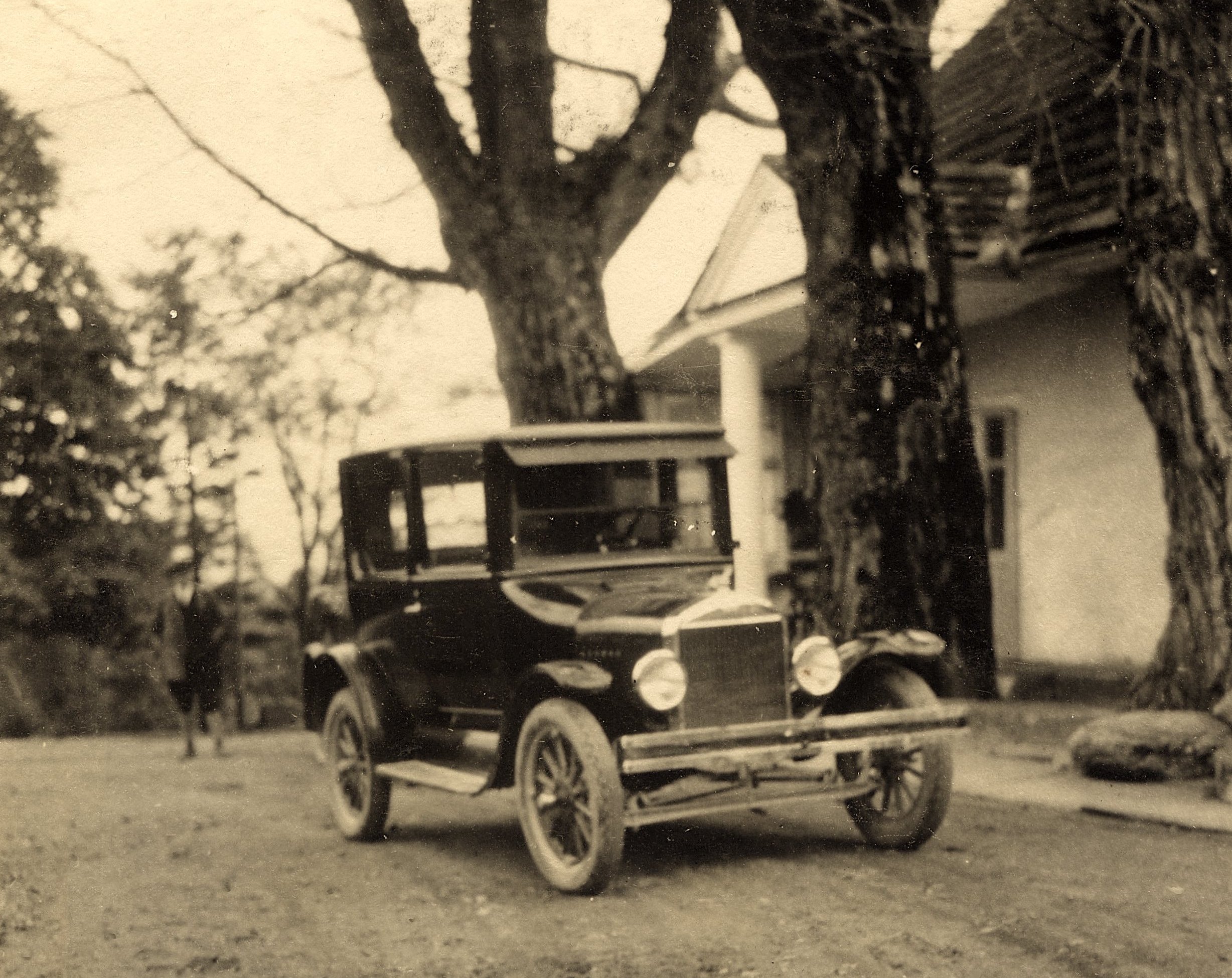 Unknown Artist, Wikimedia Commons
Unknown Artist, Wikimedia Commons
Evolution Of Manufacturing: Comparing Methods
The Model T's assembly line method significantly differed from previous manufacturing methods, often relying on skilled labor and handcrafted techniques. Unlike earlier vehicles' slow, individual production, mass production allowed for faster assembly, consistency in quality, and lower costs, fundamentally changing goods production across various industries.
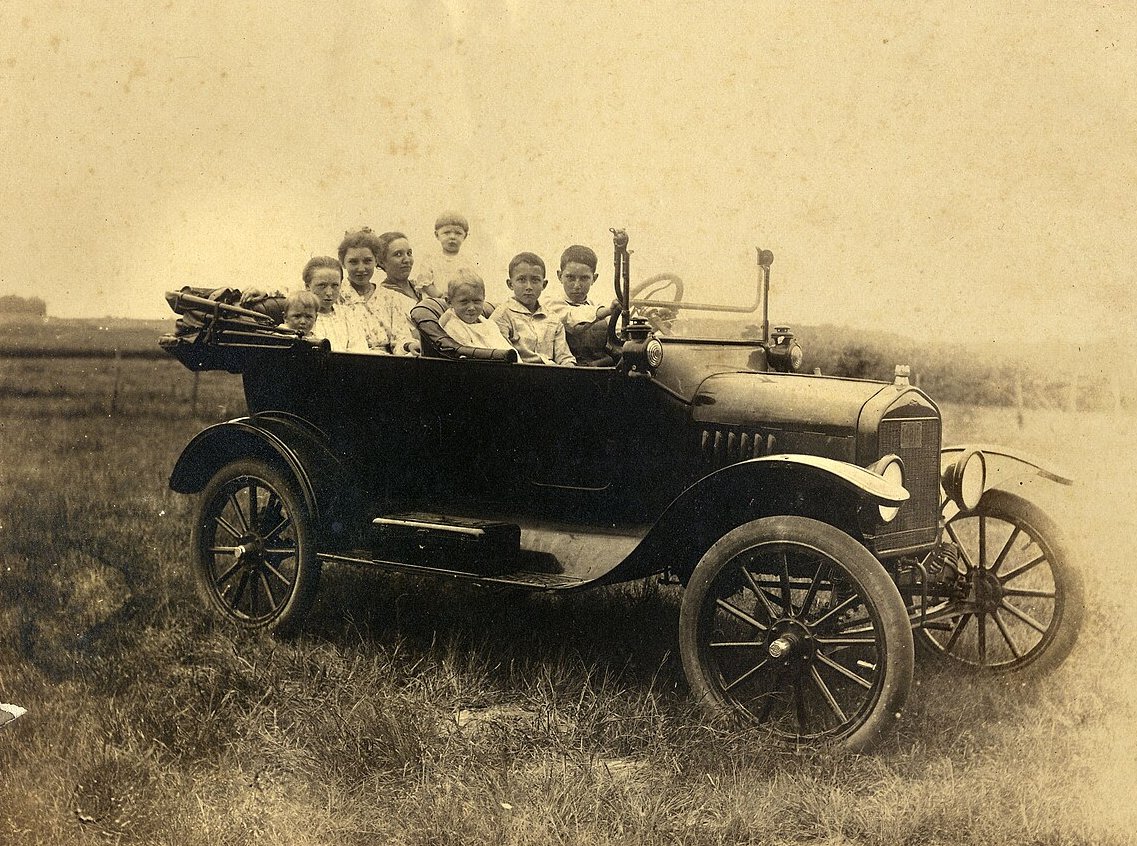 William Creswell, CC BY 2.0, Wikimedia Commons
William Creswell, CC BY 2.0, Wikimedia Commons
Early Production Years
During the early production years of the Model T, its affordability was a standout feature. Due to efficient manufacturing processes, the price dropped from around $850 in 1908 to just $260 by 1925. Additionally, the Model T quickly gained popularity for its reliability and ability to handle rough terrain, establishing it as the first car for millions of Americans.
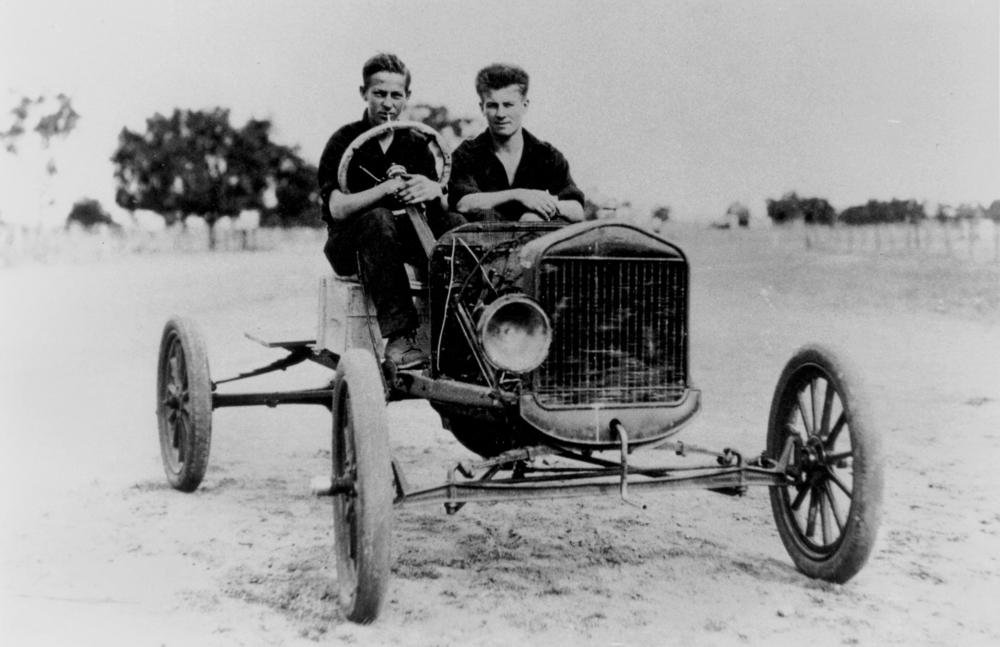 Unknown Artist, Wikimedia Commons
Unknown Artist, Wikimedia Commons
Highland Park Factory
The Highland Park Factory, established in 1910, was a pivotal site for the Ford Motor Company. It was known for its innovative moving assembly line, revolutionizing automobile production. This factory dramatically increased efficiency and output, allowing Ford to produce the Model T in unprecedented numbers, making it a symbol of modern manufacturing.
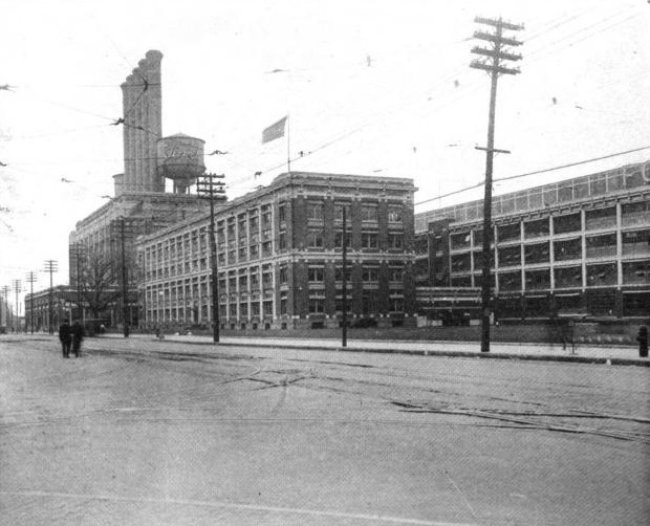 Clarence Monroe Burton, Wikimedia Commons
Clarence Monroe Burton, Wikimedia Commons
Dynamic Marketing Approaches For The Model T
Ford promoted the Model T through print ads in newspapers and magazines, highlighting its affordability and reliability. The company organized demonstrations and test drives for potential buyers while satisfied customers shared personal recommendations. Showroom displays and promotional offers increased visibility, solidifying the Model T's popularity.
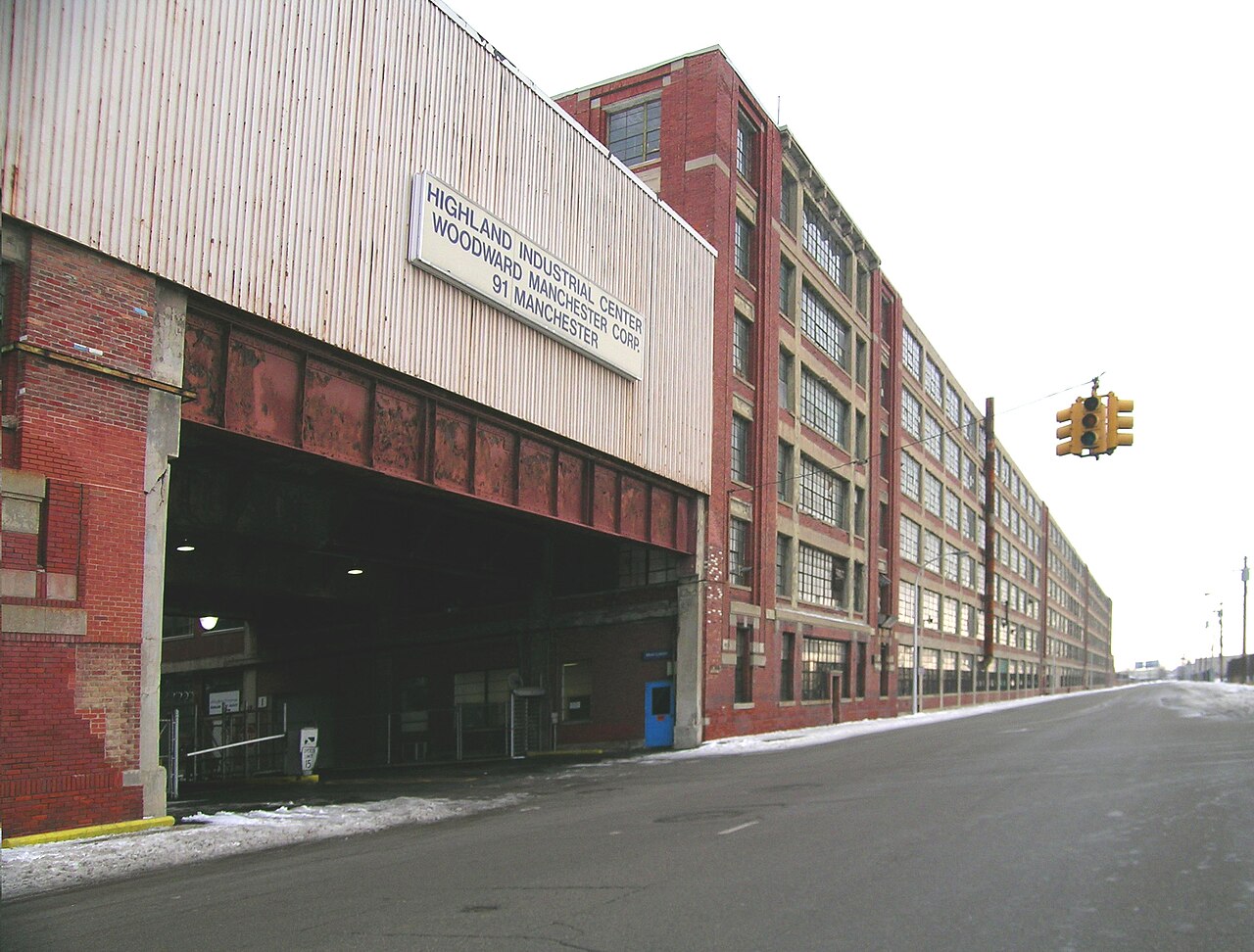 Andrew Jameson, CC BY-SA 3.0, Wikimedia Commons
Andrew Jameson, CC BY-SA 3.0, Wikimedia Commons
Dealerships: Key Players In Model T Promotion
Dealerships played a crucial role in promoting the Model T by serving as local hubs for sales and service, making the vehicle more accessible to potential buyers. They organized demonstrations, offered test drives, and provided financing options, effectively showcasing the Model T's affordability and reliability, which helped drive its widespread popularity across America.
The Model T’s Show-Stopping Stunts
In 1911, Henry Alexander Jr famously drove a Ford Model T to the summit of Ben Nevis as part of a promotional event for his father's dealership. This stunt demonstrated the car's durability and was a significant promotional event, highlighting the Model T's appeal and versatility in various driving conditions. Following the successful ascent of Ben Nevis in a Model T, sales experienced a significant boost.
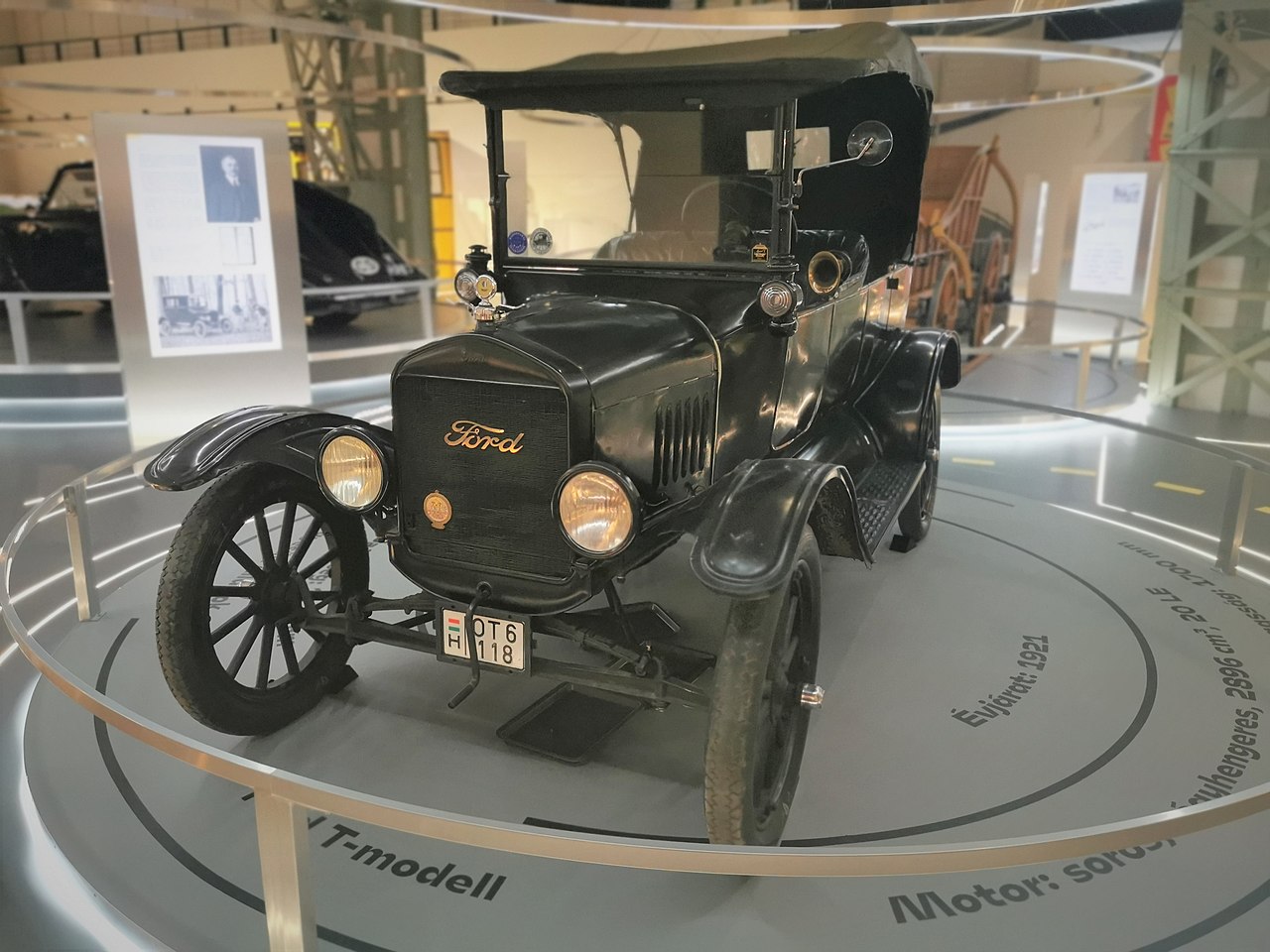 Elekes Andor, CC BY-SA 4.0, Wikimedia Commons
Elekes Andor, CC BY-SA 4.0, Wikimedia Commons
Distinctive Design Features Of The Model T
Car enthusiasts love the Model T for its innovative design features. Its durable construction and high ground clearance allowed it to navigate diverse terrains, making it versatile enough to meet the needs of both urban and rural drivers. Its straightforward mechanics allowed for easier repairs and maintenance.
Innovations In Safety And Reliability
The Model T introduced several key innovations in safety and reliability, including a robust frame and an advanced braking system that improved overall stability and control. Its features, like a lightweight body, simplified mechanics, and ease of maintenance, contributed to its reputation as a dependable vehicle, making it a preferred choice for families across America.
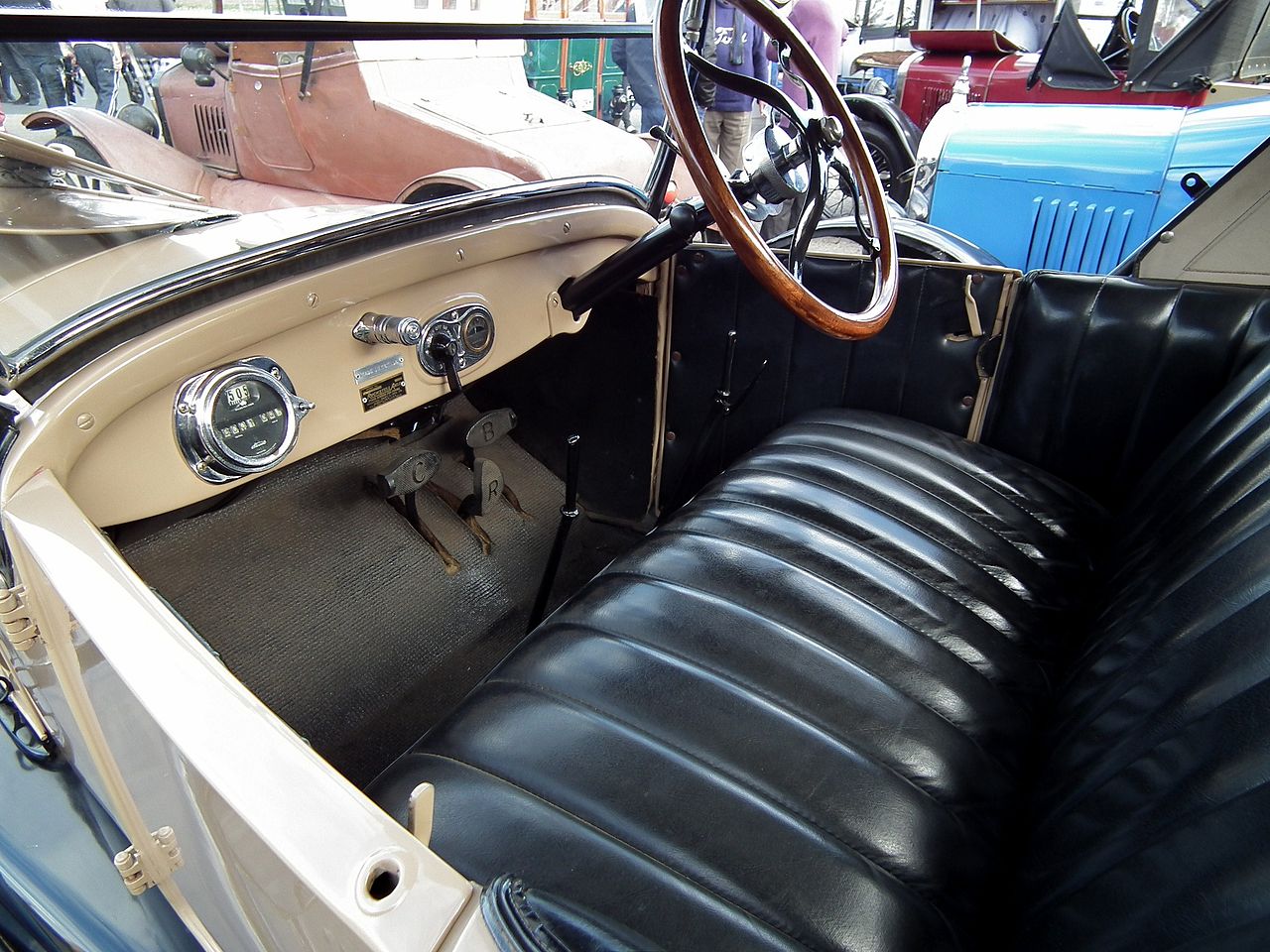 sv1ambo, CC BY 2.0, Wikimedia Commons
sv1ambo, CC BY 2.0, Wikimedia Commons
Adaptability To Various Terrains And Uses
The Model T's design was remarkably adaptable. Its increased ground clearance and sturdy construction allowed it to navigate various terrains, from city streets to rough rural roads. Its versatility extended beyond transportation, as it was available in multiple body styles—such as touring cars, trucks, and roadsters—making it suitable for personal and commercial use.
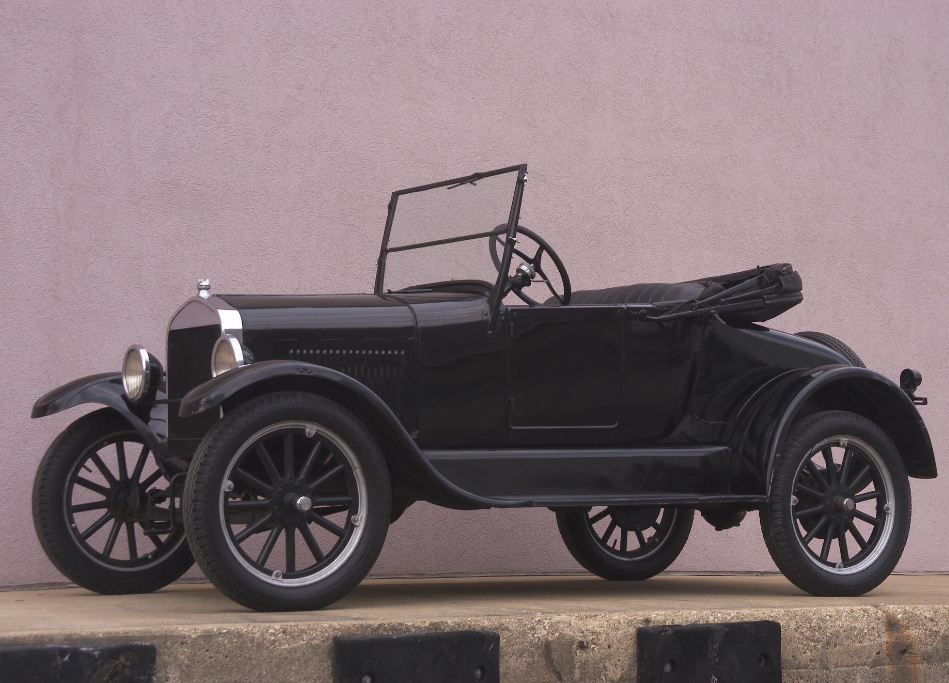 National Museum of American History, Flickr
National Museum of American History, Flickr
The Model T: Middle-Class Growth
The Model T played a significant role in the rise of the middle class in America by making car ownership affordable for the average family. With its low price and mass production, many families gained access to mobility, which facilitated suburban living and expanded economic opportunities.
Ripple Effects: The Model T's Impact On Related Industries
As automobile production surged, the Model T significantly impacted related industries, driving rubber, steel, and oil demand. The need for tires increased rubber manufacturing, while the assembly line's reliance on steel boosted the metal industry. Additionally, the rise in car ownership led to a greater demand for gasoline, propelling the oil industry's growth.
 Queensland Newspapers Pty Ltd, Wikimedia Commons
Queensland Newspapers Pty Ltd, Wikimedia Commons
Rural Impact: Agricultural Communities
The Model T revolutionized transportation for agricultural communities by providing farmers with reliable access to markets, supplies, and services. This increased mobility allowed for greater efficiency in farming operations, enabling families to transport goods more efficiently and expand their reach beyond local areas.
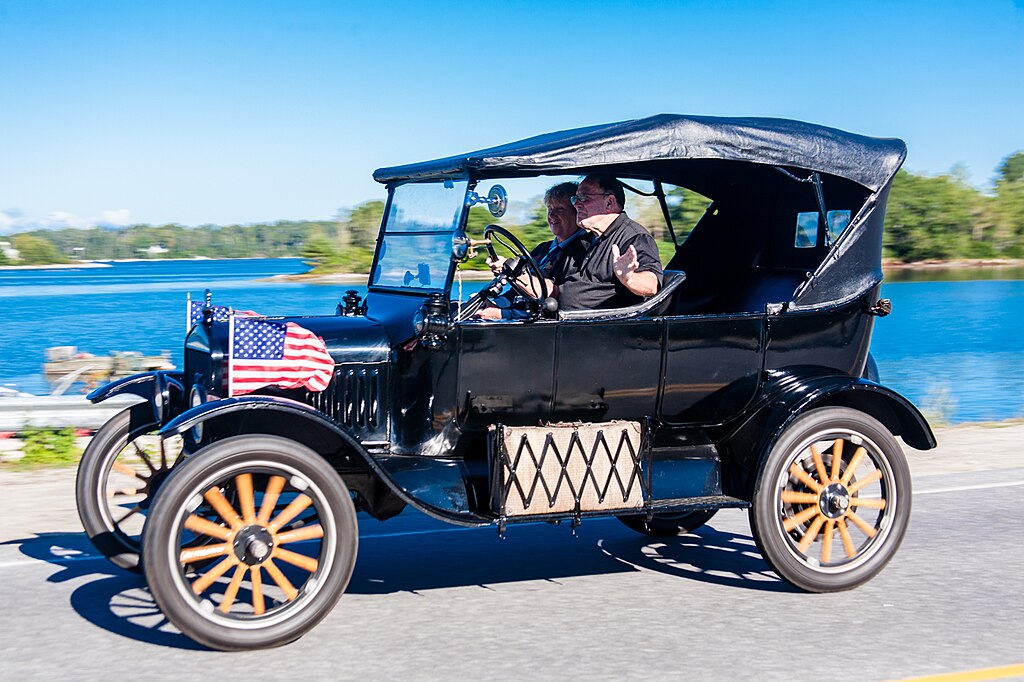 Paul VanDerWerf, CC BY 2.0, Wikimedia Commons
Paul VanDerWerf, CC BY 2.0, Wikimedia Commons
Rural Infrastructure Development
The Model T spurred significant rural infrastructure development by emphasizing the need for improved roads to accommodate growing automobile traffic. As families embraced car ownership, communities invested in better road quality and expanded access to essential services, transforming the rural landscape and enhancing connectivity between towns and farms.
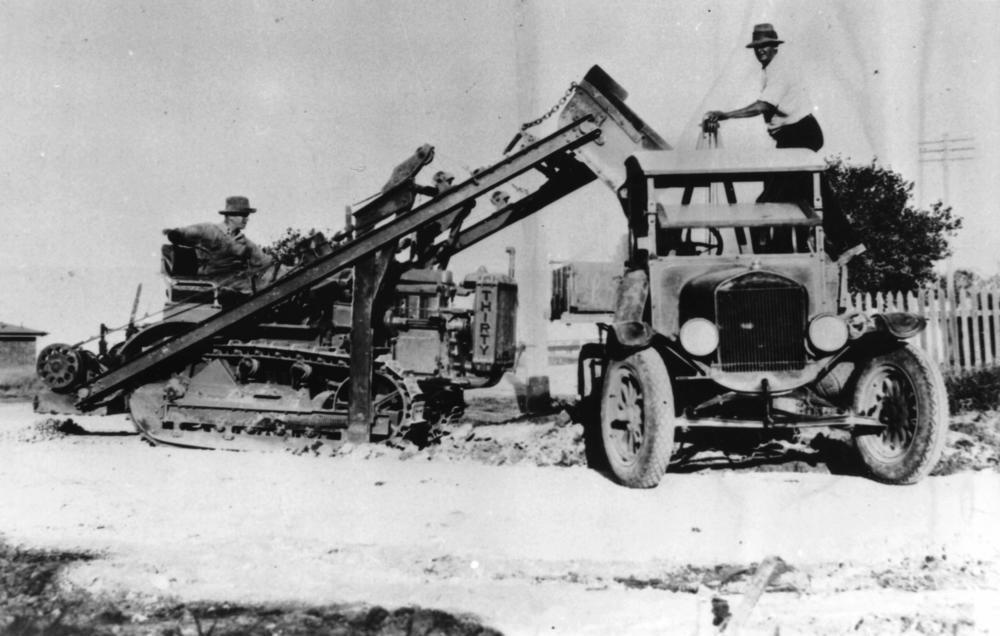 State Library of Queensland, Wikimedia Commons
State Library of Queensland, Wikimedia Commons
The Model T: Unlocking Freedom And Opportunity
The Model T embodied the American Dream by making car ownership attainable for the average person, representing the possibility of upward mobility and personal freedom. Its widespread use facilitated new opportunities for work, leisure, and exploration, aligning with the ideals of self-sufficiency and prosperity central to the American Dream.
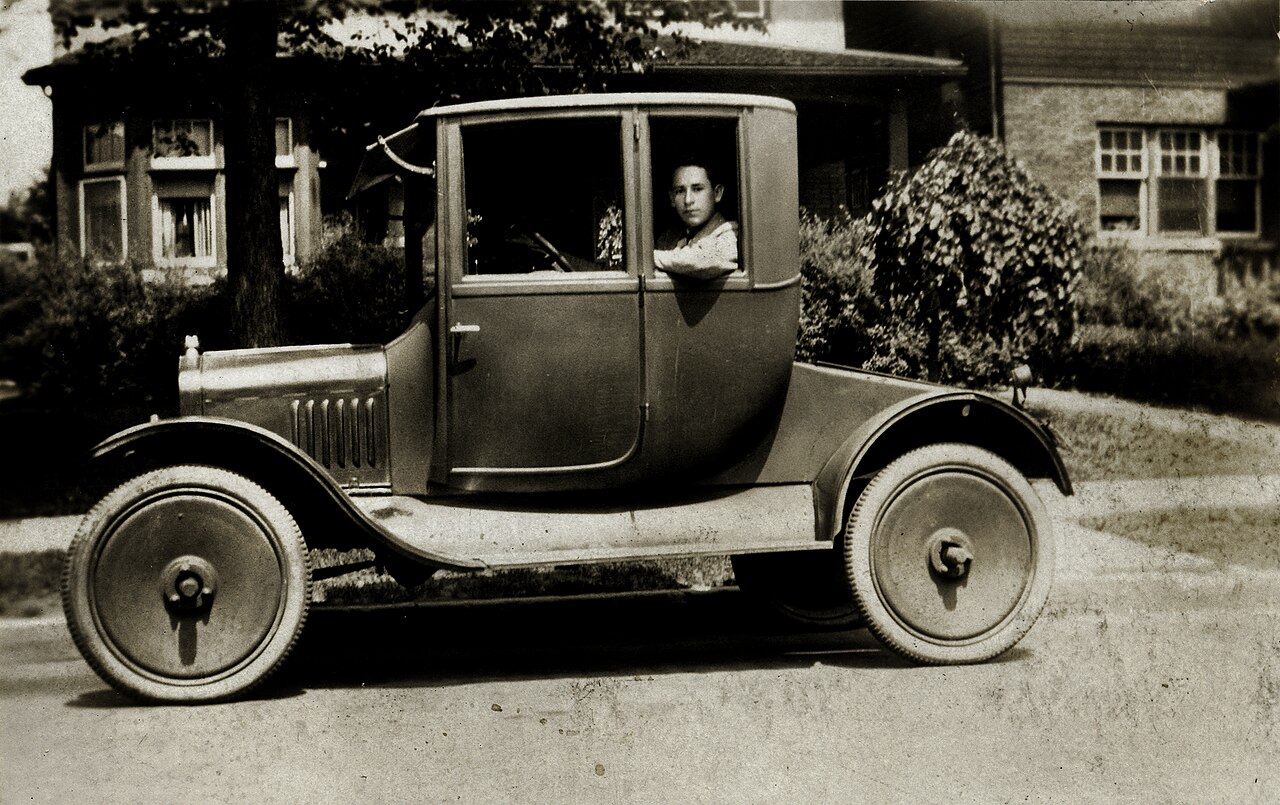 Jnarrin, CC BY-SA 3.0, Wikimedia Commons
Jnarrin, CC BY-SA 3.0, Wikimedia Commons
Global Reach: The Model T's International Expansion
The Model T's international expansion was a significant aspect of Ford Motor Company's strategy, influencing global automotive markets and manufacturing practices. Ford established assembly plants in various countries, including Canada, England, and Argentina, adapting the Model T to meet local needs and conditions.
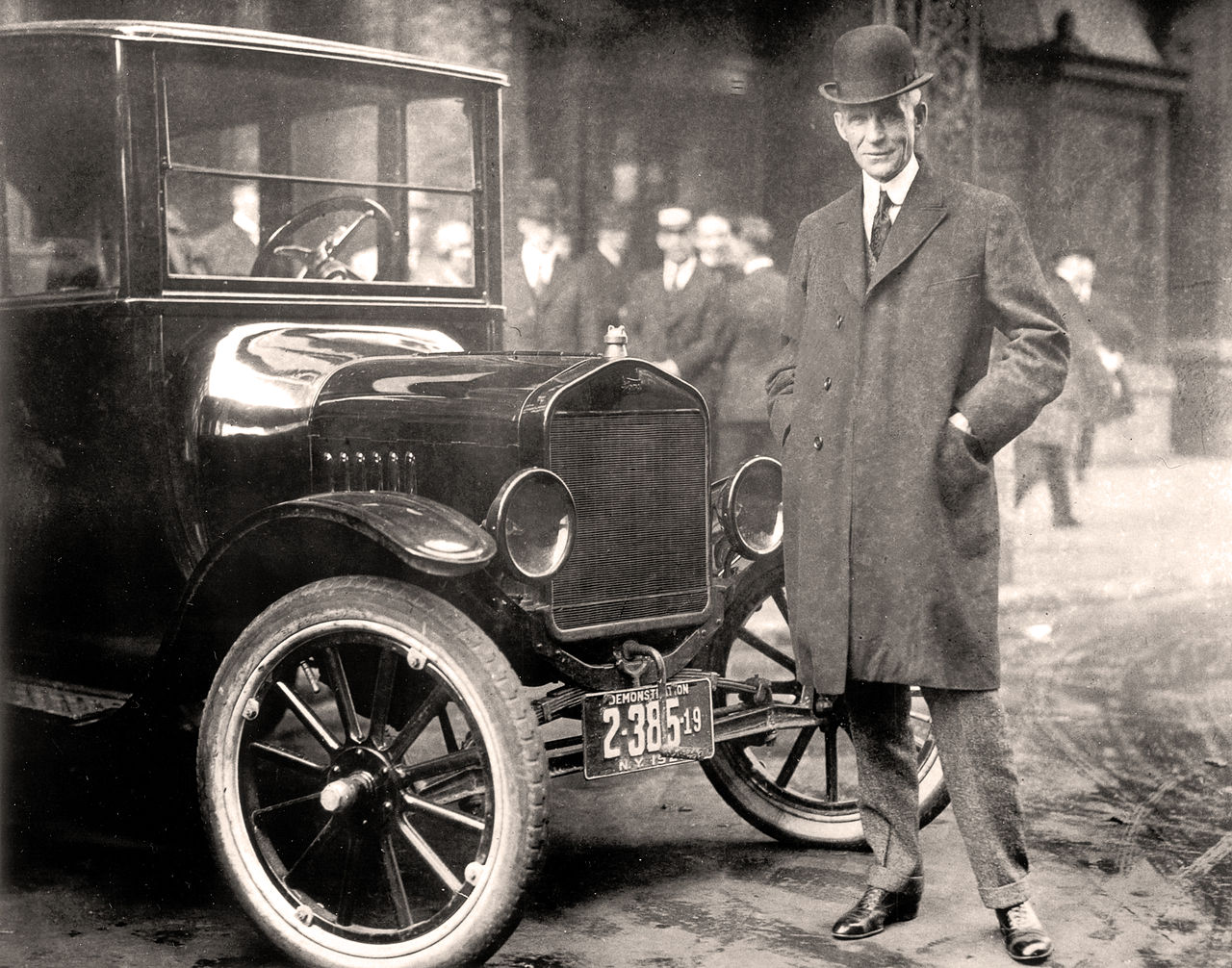 Unknown Author, Wikimedia Commons
Unknown Author, Wikimedia Commons
Competition In The Automobile Market
The Model T revolutionized the automobile market by introducing mass production techniques that significantly lowered prices, forcing competitors to innovate and offer more affordable options. Its success prompted other manufacturers, such as Chevrolet and Dodge, to diversify their models and adopt similar production methods to compete effectively.
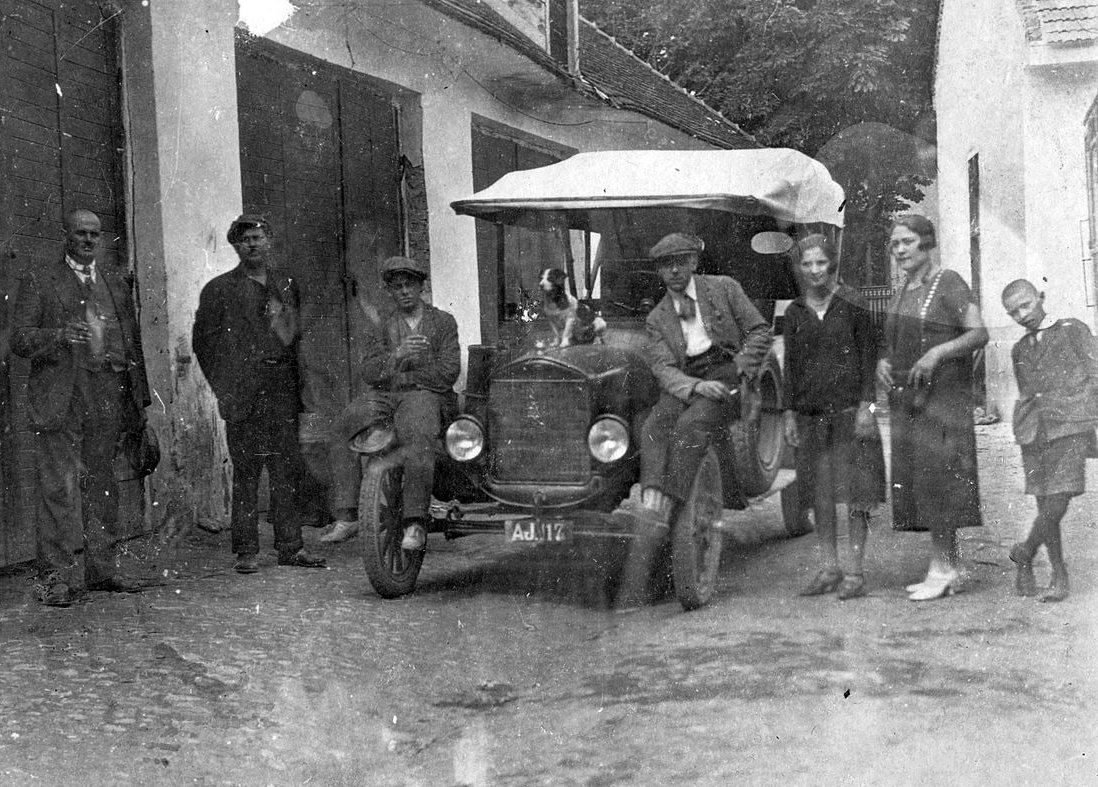 Tarbay Júlia, CC BY-SA 3.0, Wikimedia Commons
Tarbay Júlia, CC BY-SA 3.0, Wikimedia Commons
Evolution Of The Model T: Changes Through The Years
Over the years, the Model T underwent various updates to improve its performance, comfort, and functionality, including engine design and body style changes. These modifications aimed to keep pace with consumer preferences and technological advancements, ultimately enhancing its appeal while maintaining its reputation for affordability and reliability.
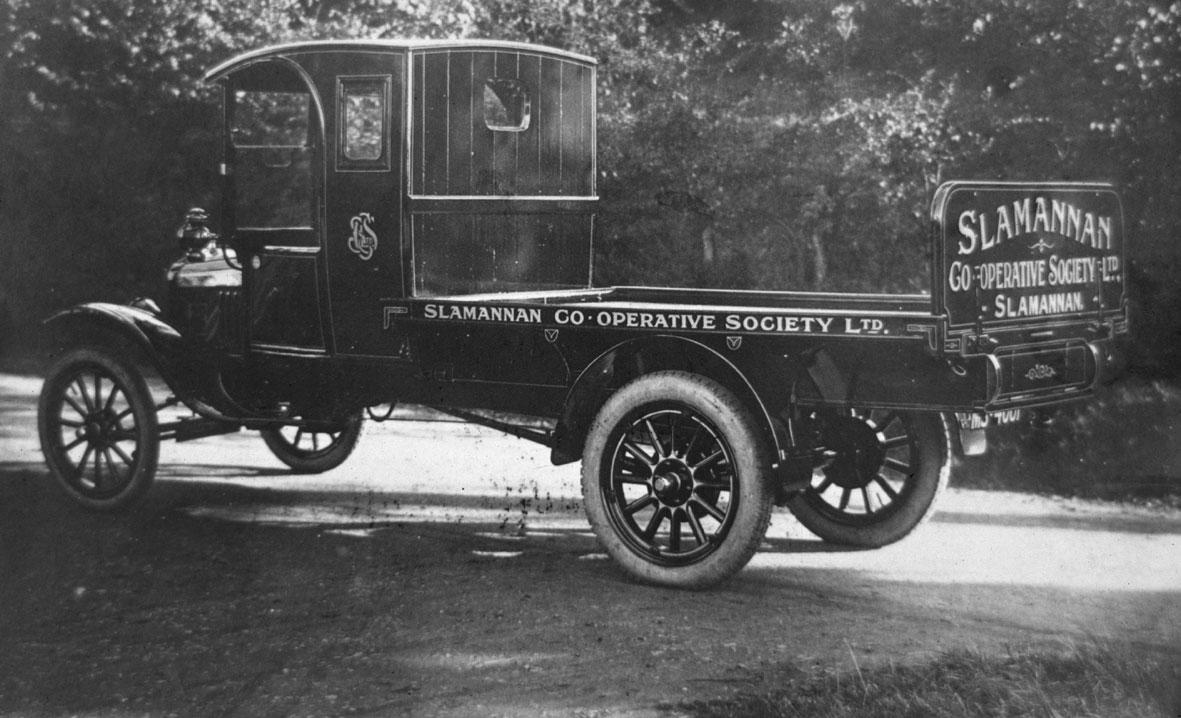 Unknown Artist, Wikimedia Commons
Unknown Artist, Wikimedia Commons
The End Of An Era: The Decline Of The Model T
The decline of the Model T began in the late 1920s as consumer preferences shifted toward more modern designs and features. Additionally, increasing competition from rival automakers offering stylish and innovative models decreased the Model T’s popularity, prompting Ford to discontinue production in 1927.
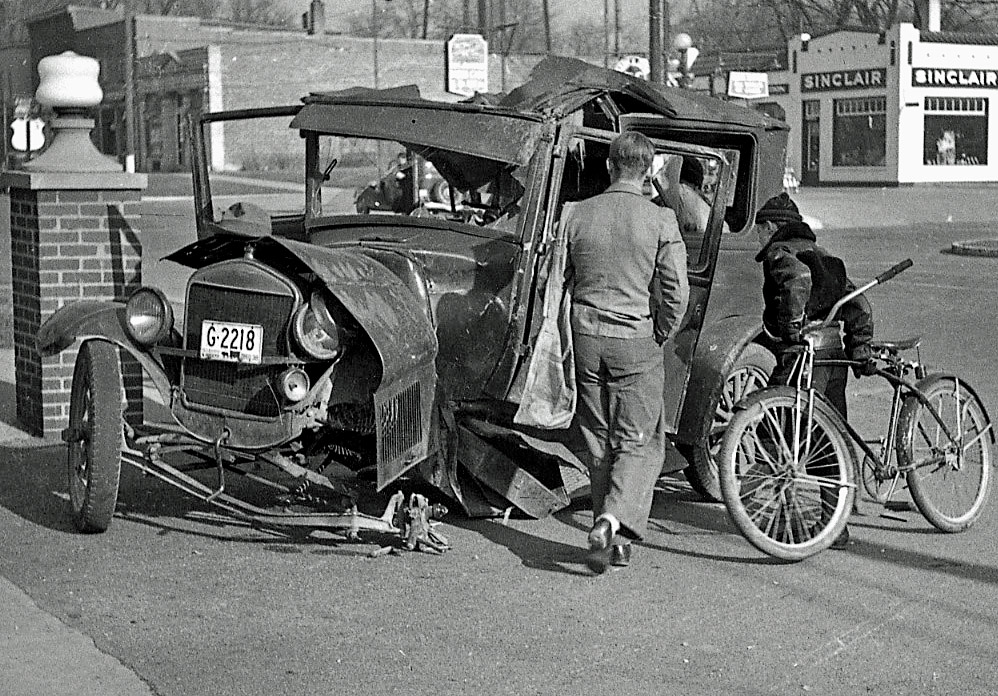 Don O'Brien, CC BY 2.0, Wikimedia Commons
Don O'Brien, CC BY 2.0, Wikimedia Commons
The Post-Model T Era: The Ford Model A
The Ford Model A, introduced in 1927, marked a significant upgrade from the Model T with its modern design and improved features, including a powerful 40-horsepower engine and hydraulic brakes. It was available in various body styles, appealing to a broader range of consumers and reflecting changing preferences in the automotive market.
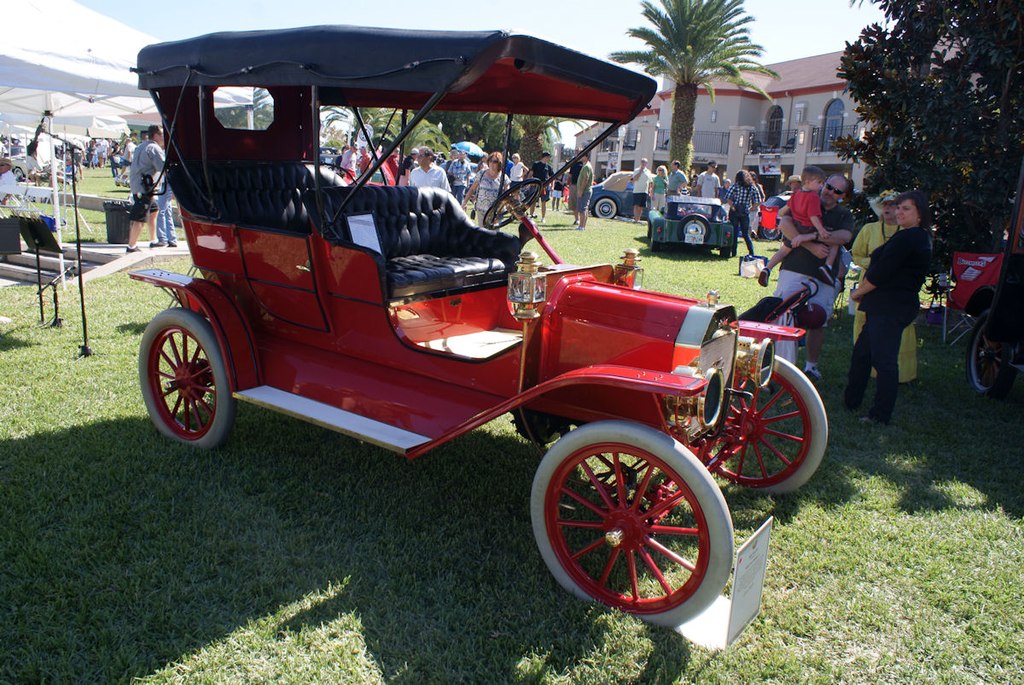 Valder137, CC BY 2.0, Wikimedia Commons
Valder137, CC BY 2.0, Wikimedia Commons
The Model T: A Literary Icon?
In literature, the Model T often represents the spirit of the early 20th century, embodying progress and the transformative power of technology. Authors like Sinclair Lewis in Babbitt used the automobile to explore themes of consumerism and the changing American identity.
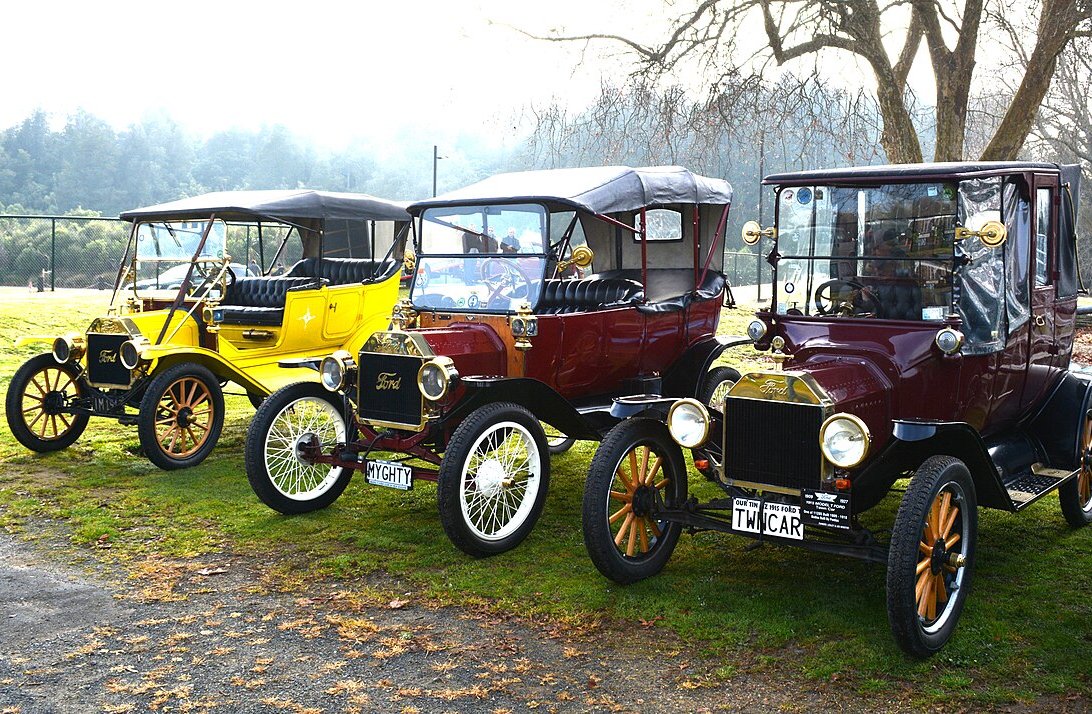 GPS 56, CC BY 2.0, Wikimedia Commons
GPS 56, CC BY 2.0, Wikimedia Commons
The Model T: A Muse For Artists
Artists have depicted the Model T as a vehicle for cultural commentary, reflecting societal changes and challenges. For example, Edward Hopper's paintings often evoke the loneliness of modern life, with cars like the Model T as symbols of freedom and isolation.
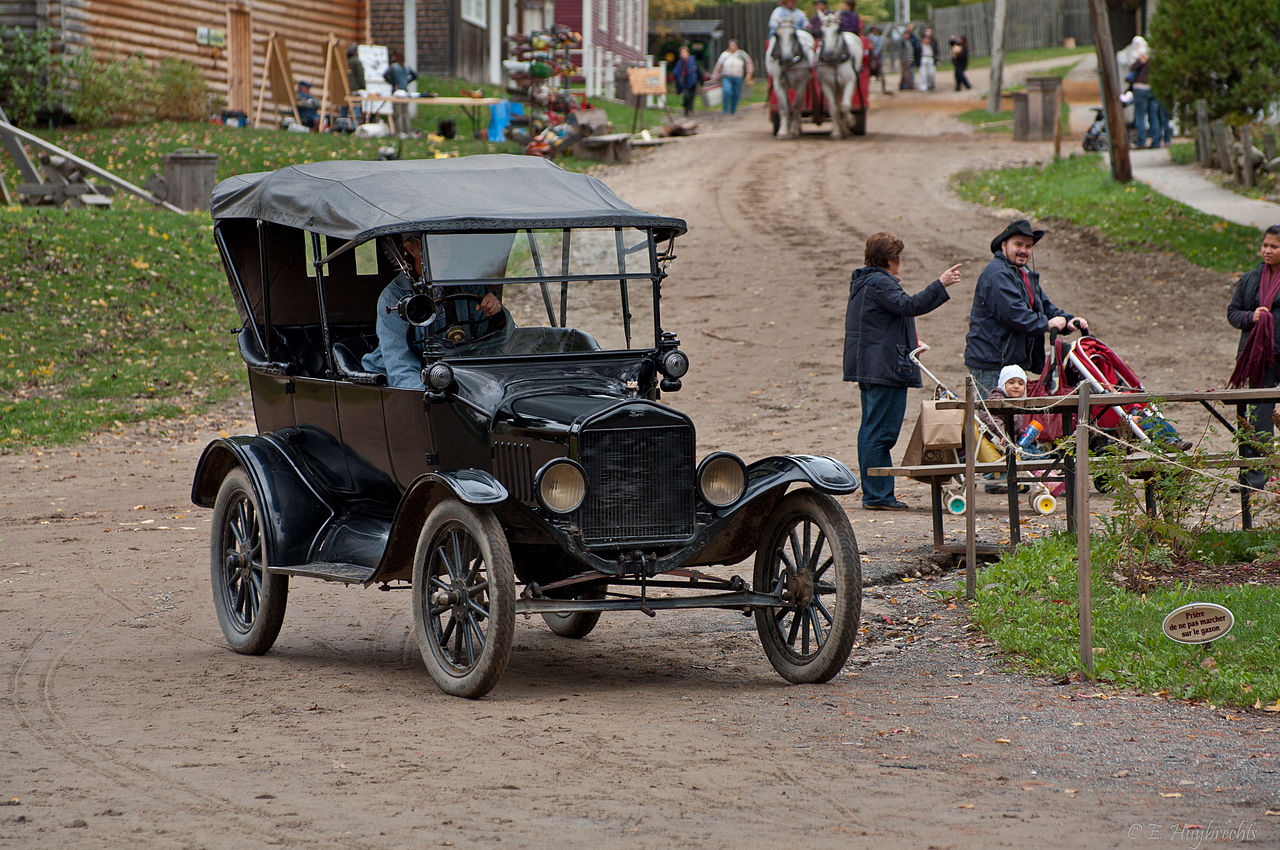 Emmanuel Huybrechts, CC BY 2.0, Wikimedia Commons
Emmanuel Huybrechts, CC BY 2.0, Wikimedia Commons
Model T Clubs: Keeping The Legacy Alive
Model T clubs bring together enthusiasts, collectors, and restorers, creating a community centered on their shared passion for the iconic vehicle. They provide valuable resources and technical advice and organize events like car shows and rallies to celebrate the Model T's legacy while focusing on education and preservation for future generations.
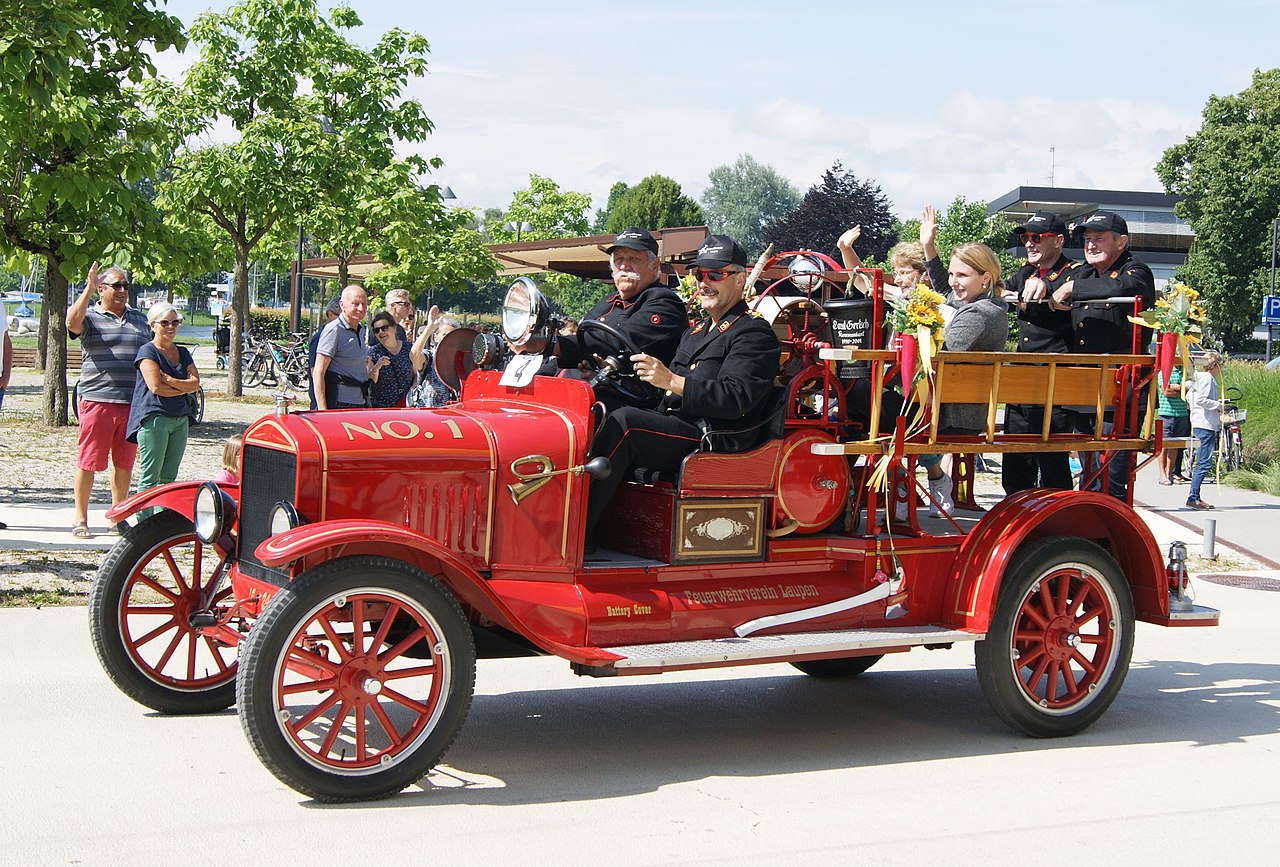 Asurnipal, CC BY-SA 4.0, Wikimedia Commons
Asurnipal, CC BY-SA 4.0, Wikimedia Commons
Model T Collecting: Preserving Automotive History
Collecting and restoring Model Ts has become a popular hobby for automotive enthusiasts, reflecting the vehicle's historical significance and cultural impact. The iconic car continues to attract collectors, and shape the automotive industry and American culture.
 Don O'Brien, CC BY 2.0, Wikimedia Commons
Don O'Brien, CC BY 2.0, Wikimedia Commons
The Art Of Collecting Model Ts: Restoration
Restoring a Model T involves sourcing authentic parts, utilizing traditional craftsmanship, and applying period-accurate techniques. Many restorers aim for authenticity, while others may modify their vehicles for improved performance and safety.
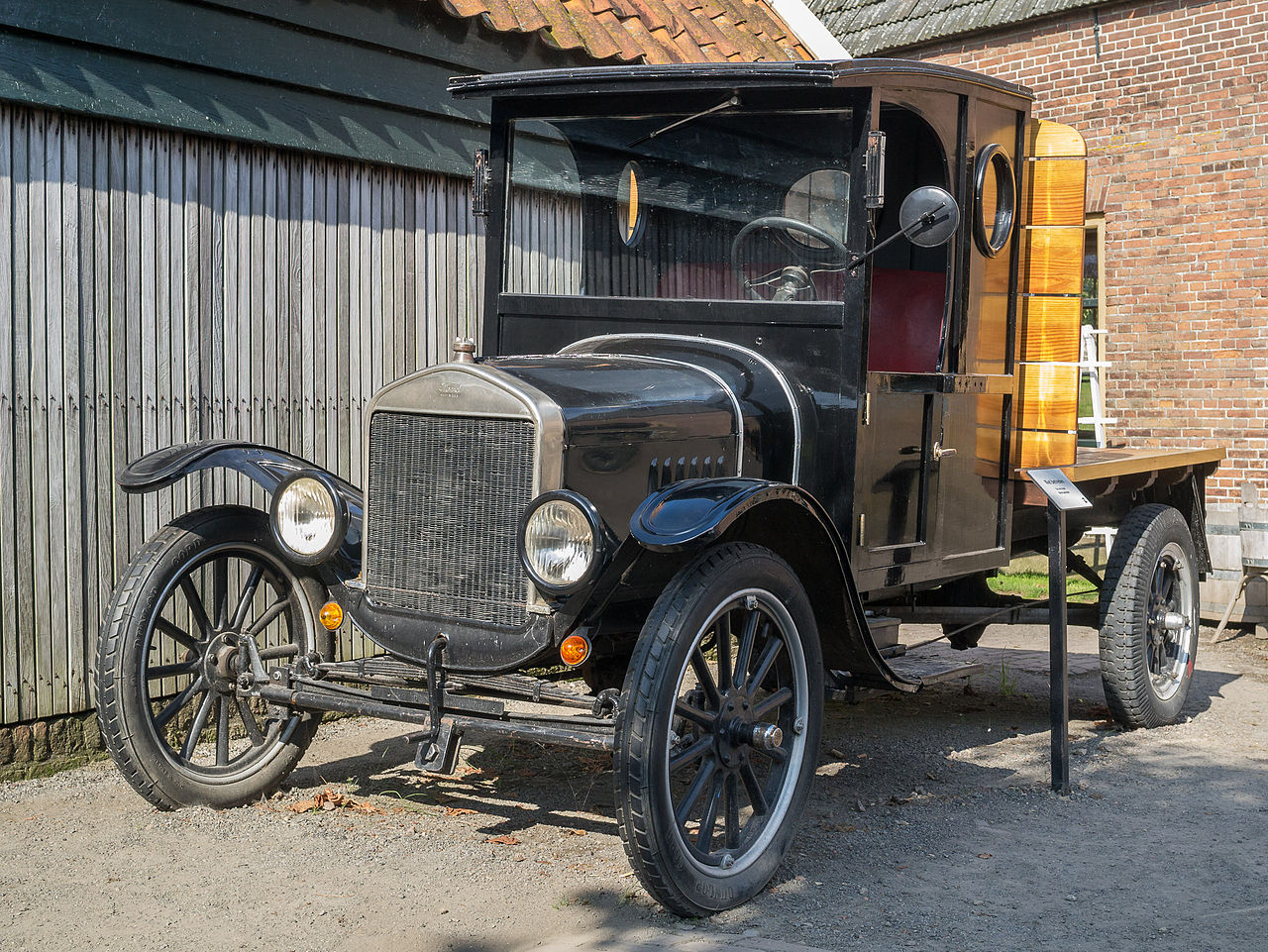 Uberprutser, CC BY-SA 4.0, Wikimedia Commons
Uberprutser, CC BY-SA 4.0, Wikimedia Commons
Investing In A Model T: A Smart Collectors Choice?
The Model T is valued as a classic car, reflecting its historical significance and timeless appeal, making it an attractive investment for collectors. However, the enjoyment of restoring and driving these vehicles often outweighs financial considerations for many enthusiasts.
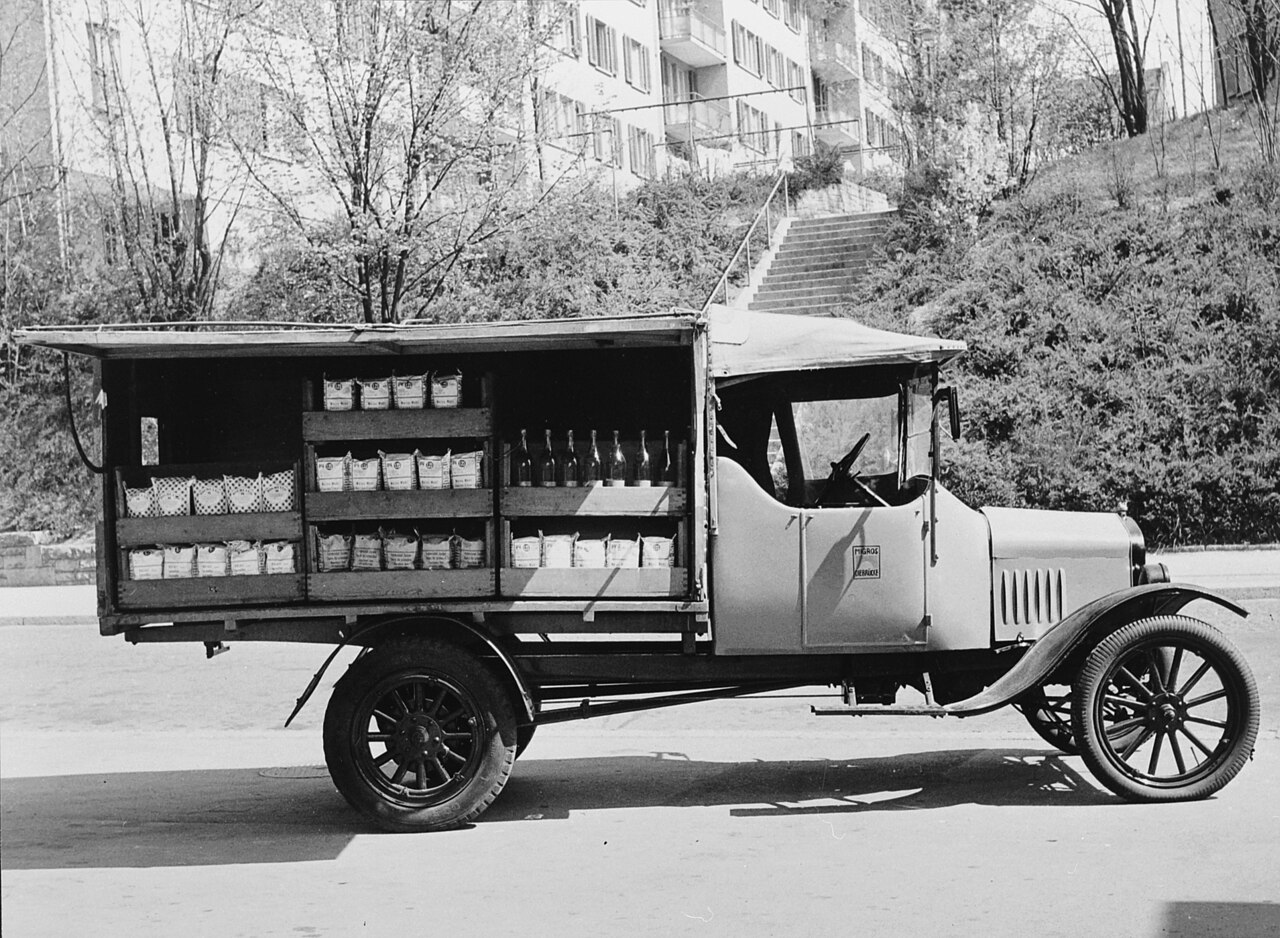 Unknown Author, Wikimedia Commons
Unknown Author, Wikimedia Commons
Notable Owners: Thomas Edison
The famous inventor and close friend of Ford owned a Model T, which he appreciated for its engineering and innovation. In 1916, Ford gifted a Model T to Edison, with whom he'd been friends since working at the Edison Illuminating Company in the 1890s.
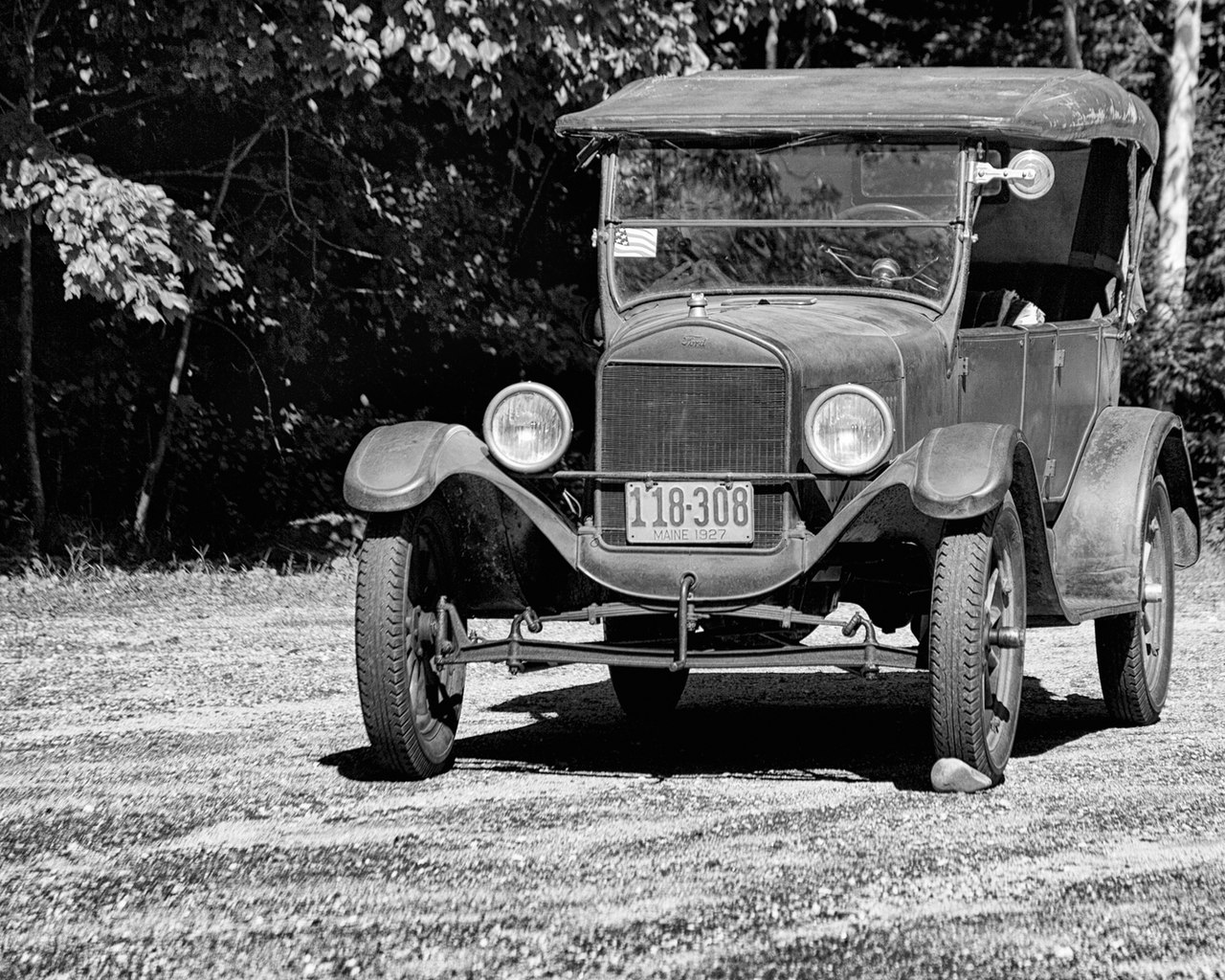 Paul VanDerWerf, CC BY 2.0, Wikimedia Commons
Paul VanDerWerf, CC BY 2.0, Wikimedia Commons
The Model T: Beyond Black
The Model T was initially available in various colors, including green, red, and blue, but Ford standardized production to black in 1914 for efficiency reasons. This decision led to the famous saying that customers could have any color they wanted, as long as it was black, reflecting the company's focus on mass production and cost reduction.
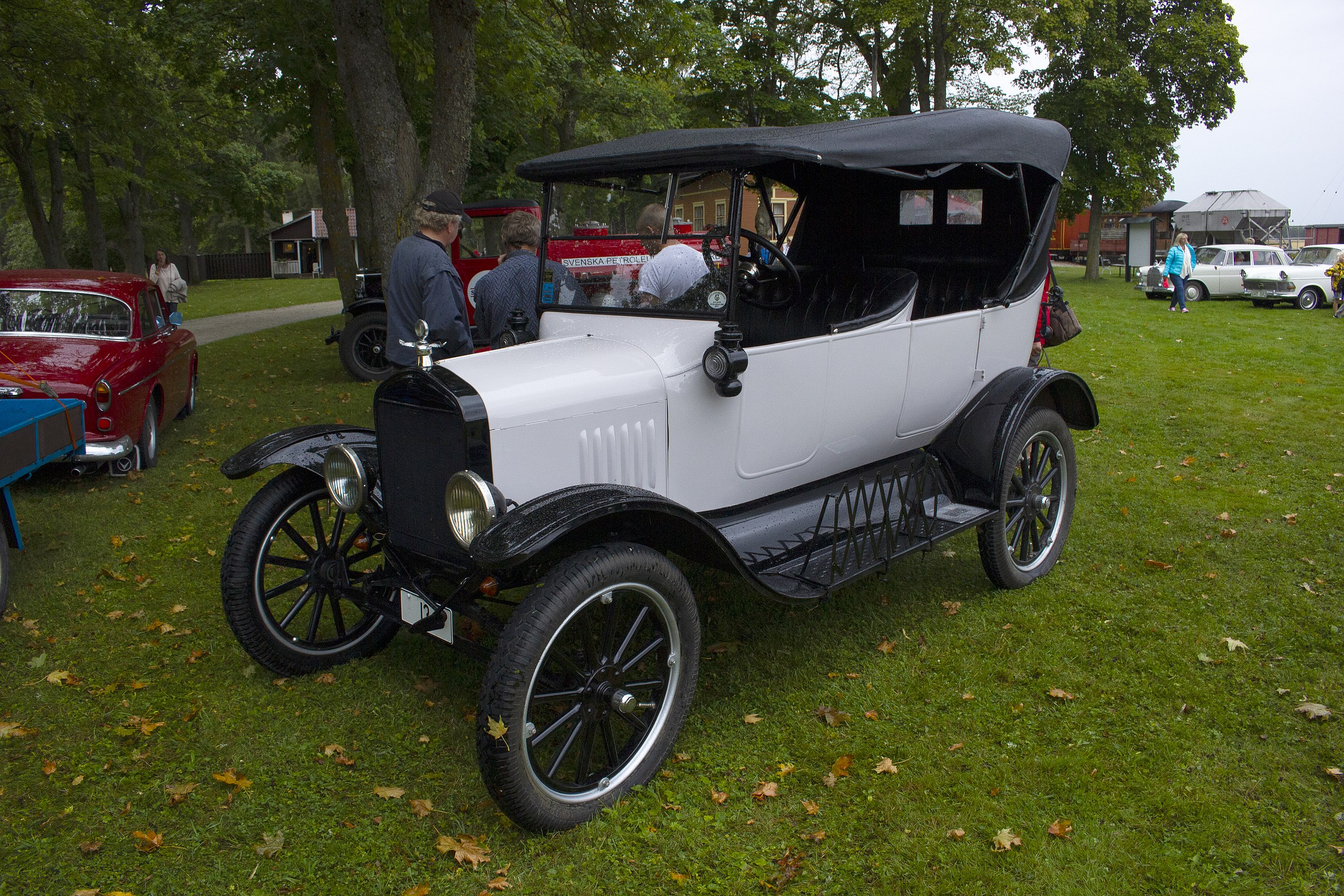 Bene Riobo, CC BY-SA 4.0, Wikimedia Commons
Bene Riobo, CC BY-SA 4.0, Wikimedia Commons
Tin Lizzie: A Model T Moniker
The nickname "Tin Lizzie" likely originated from the Model T's lightweight metal construction and its popularity among consumers. "Tin" referred to the car's metal body, while "Lizzie" was a common name, adding an endearing quality that reflected its status as a beloved and accessible vehicle.
 Matti Blume, CC BY-SA 4.0, Wikimedia Commons
Matti Blume, CC BY-SA 4.0, Wikimedia Commons
Legacy Of The Model T
The Model T's legacy as the first mass-produced automobile transformed the automotive industry and made car ownership accessible to everyday Americans. Its innovative assembly-line production methods revolutionized manufacturing, cementing the Model T as a lasting symbol of American ingenuity.
But for all its importance, there is a dark truth about the Model T: It was actually quite a terrible car. It sold well, but the Model T was infamously complicated to drive and unreliable. Luckily, Ford from learned form their mistakes and the car still set a precedent and paved the way for the future of the automotive industry.
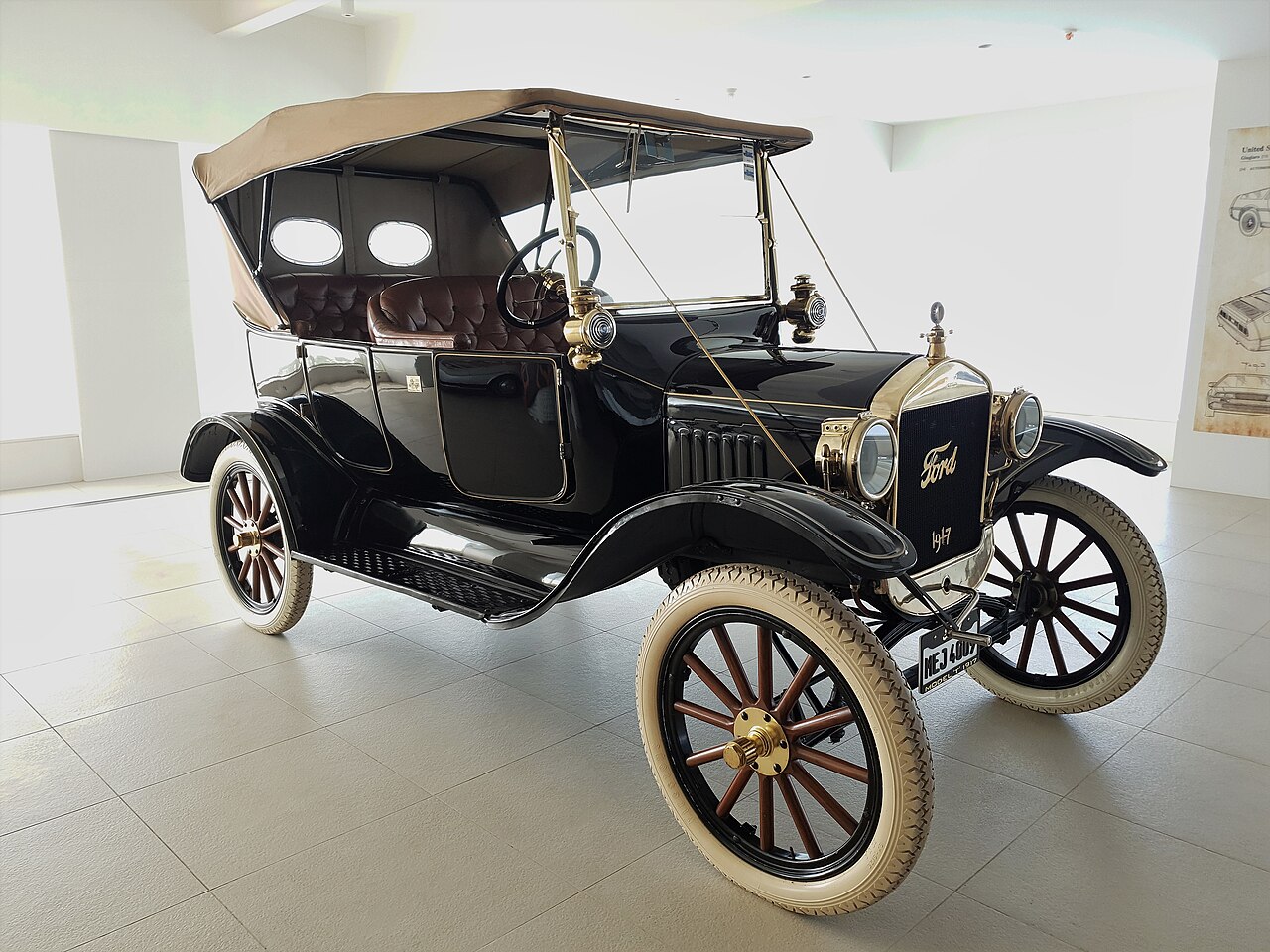 Fitindia, CC BY-SA 4.0, Wikimedia Commons
Fitindia, CC BY-SA 4.0, Wikimedia Commons

